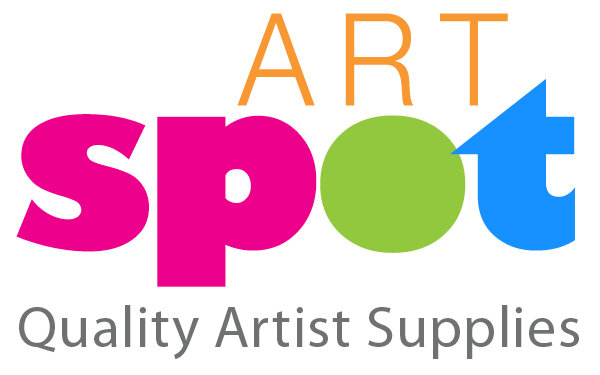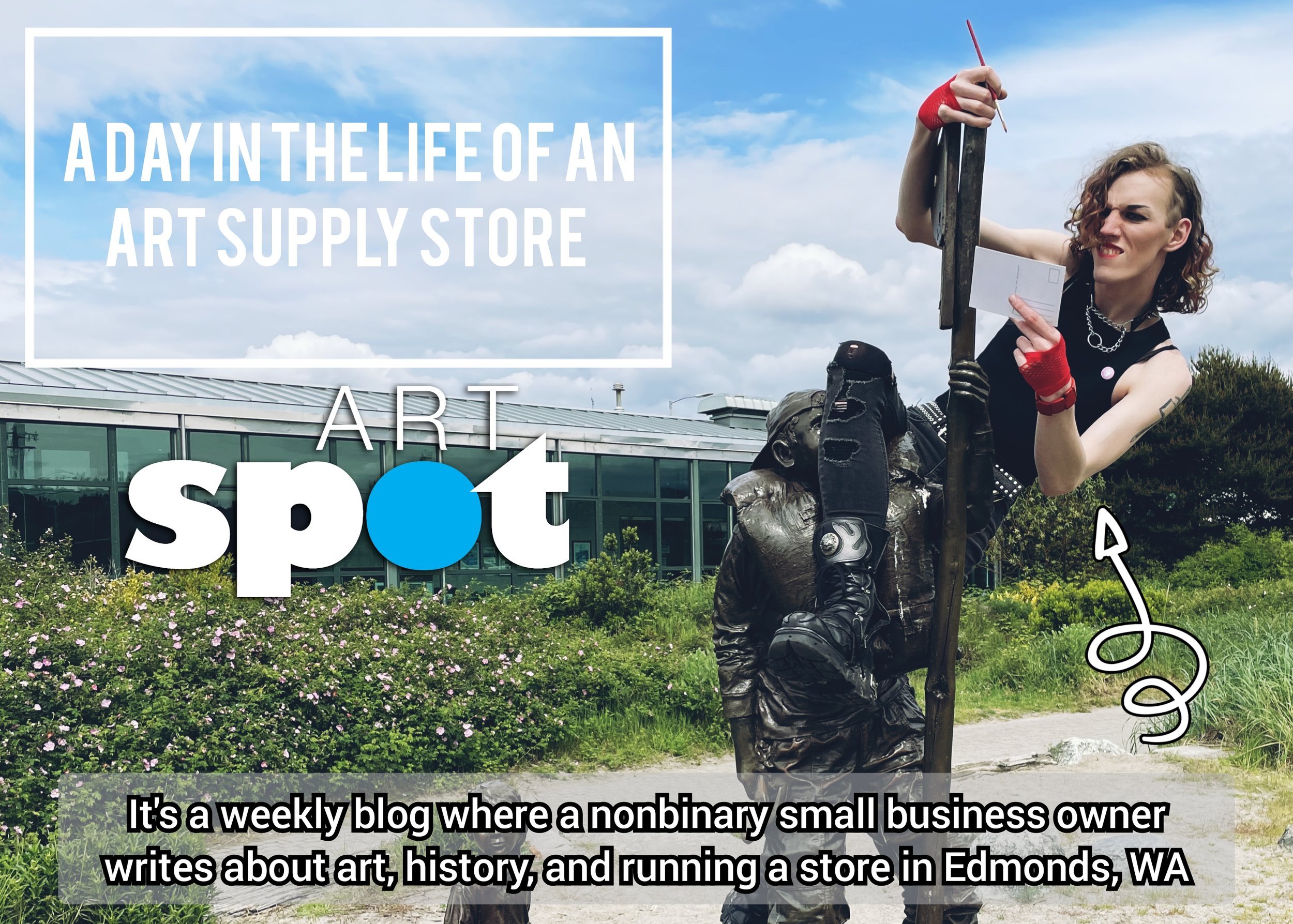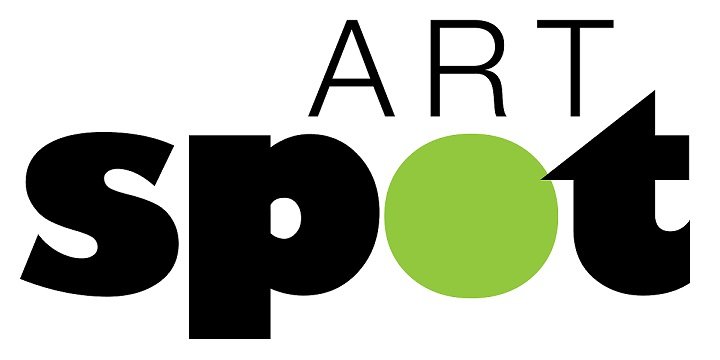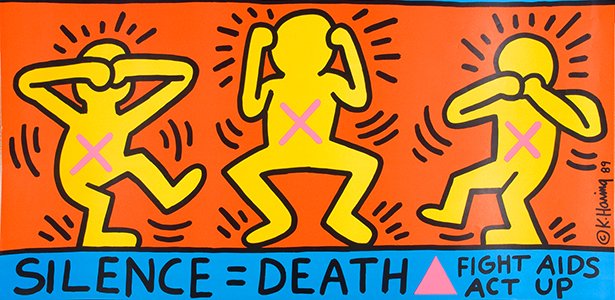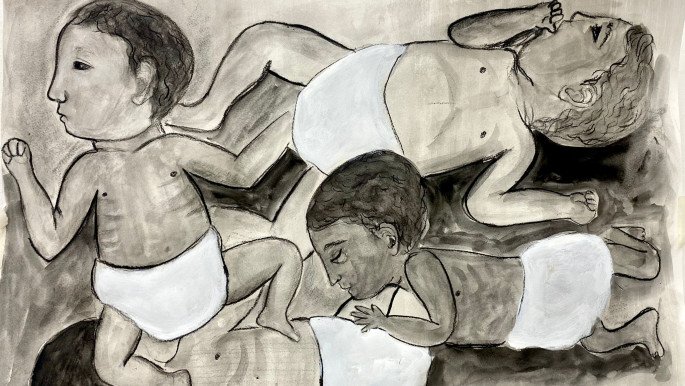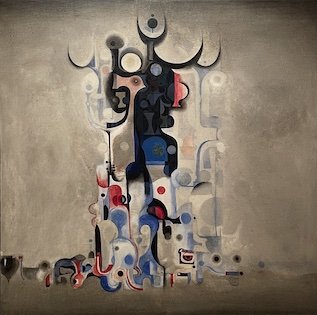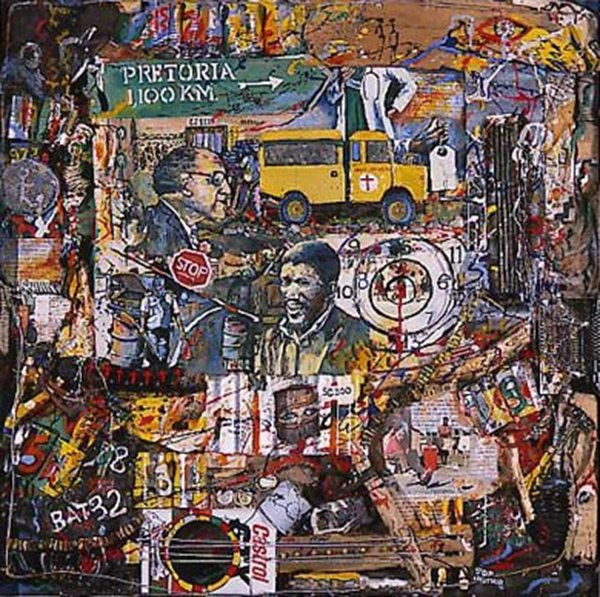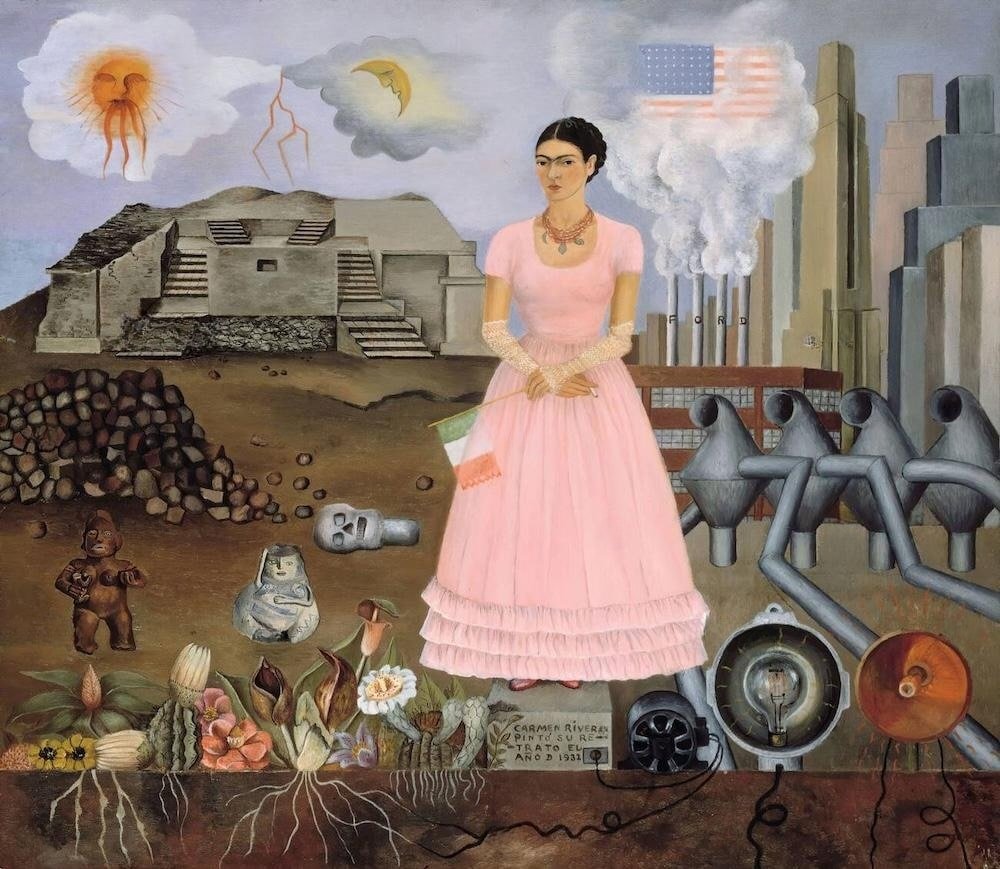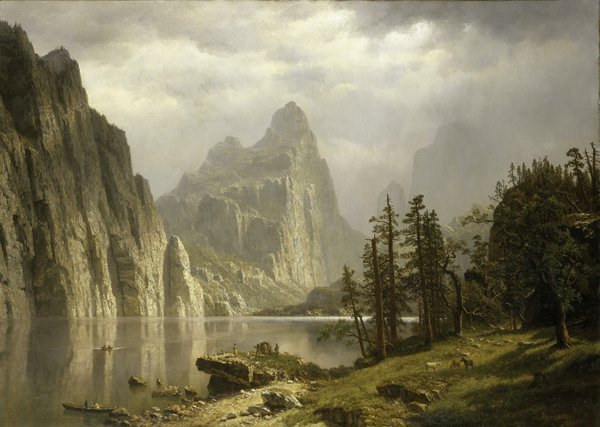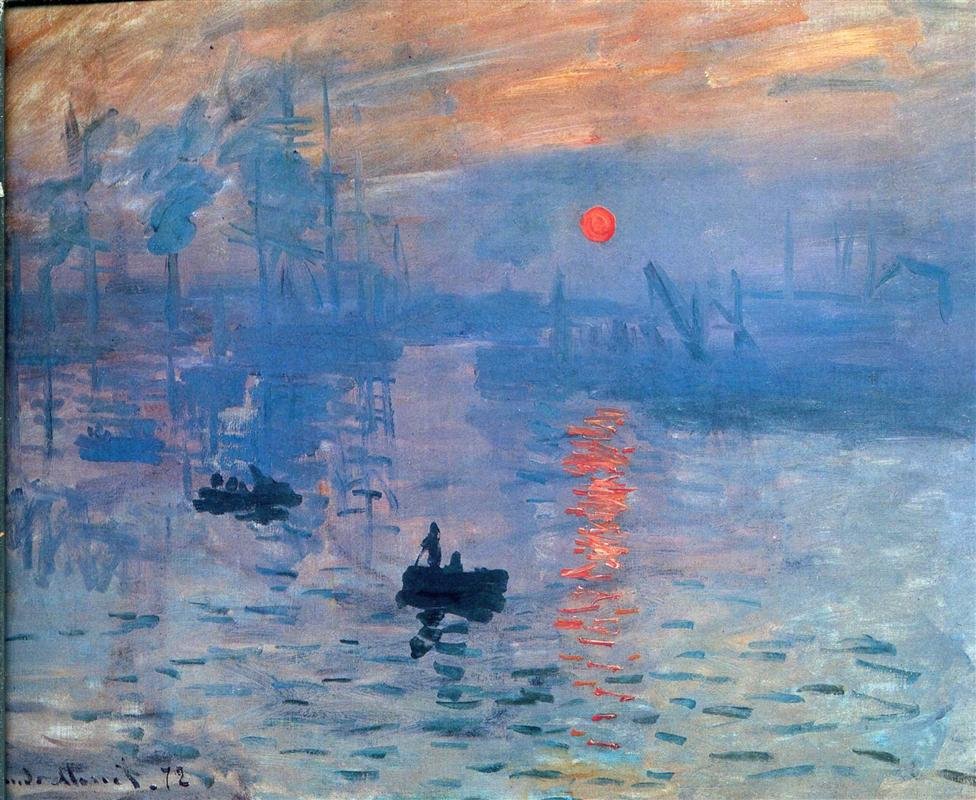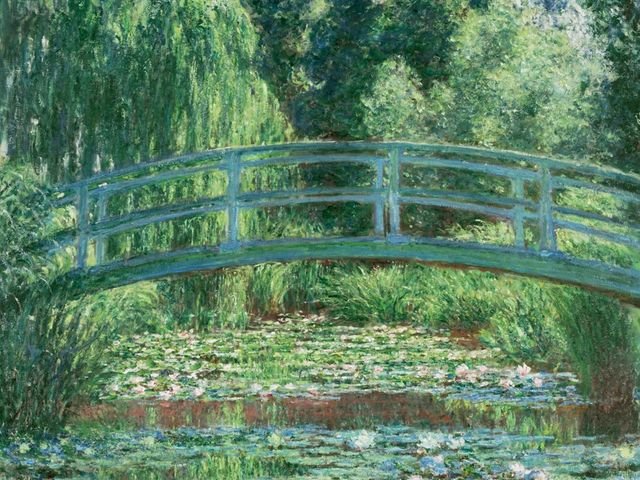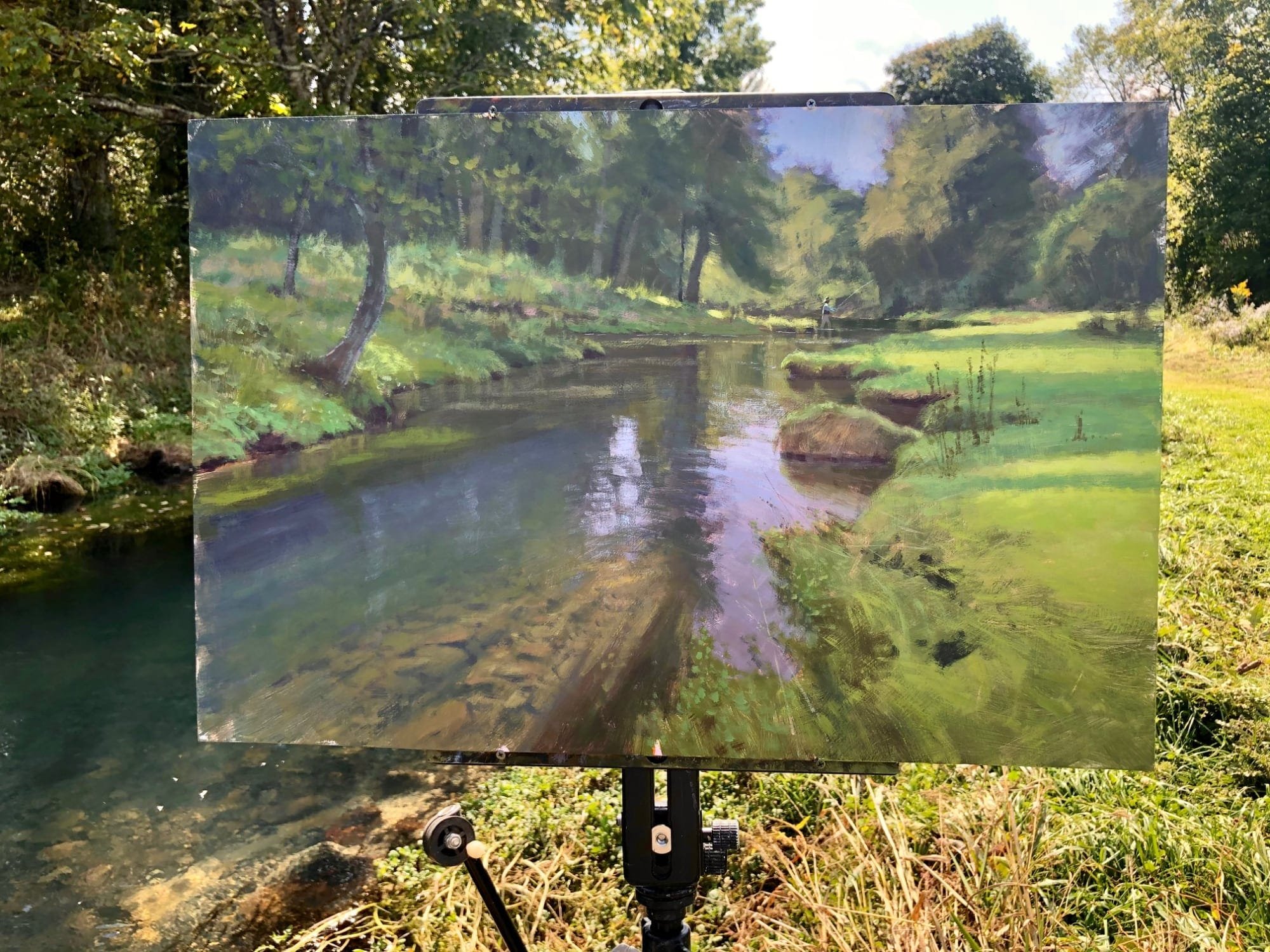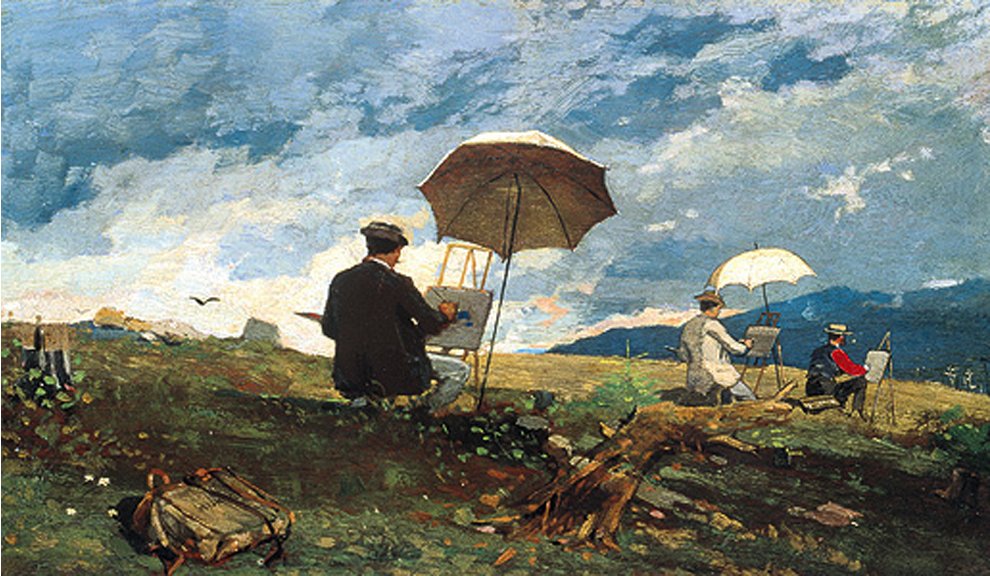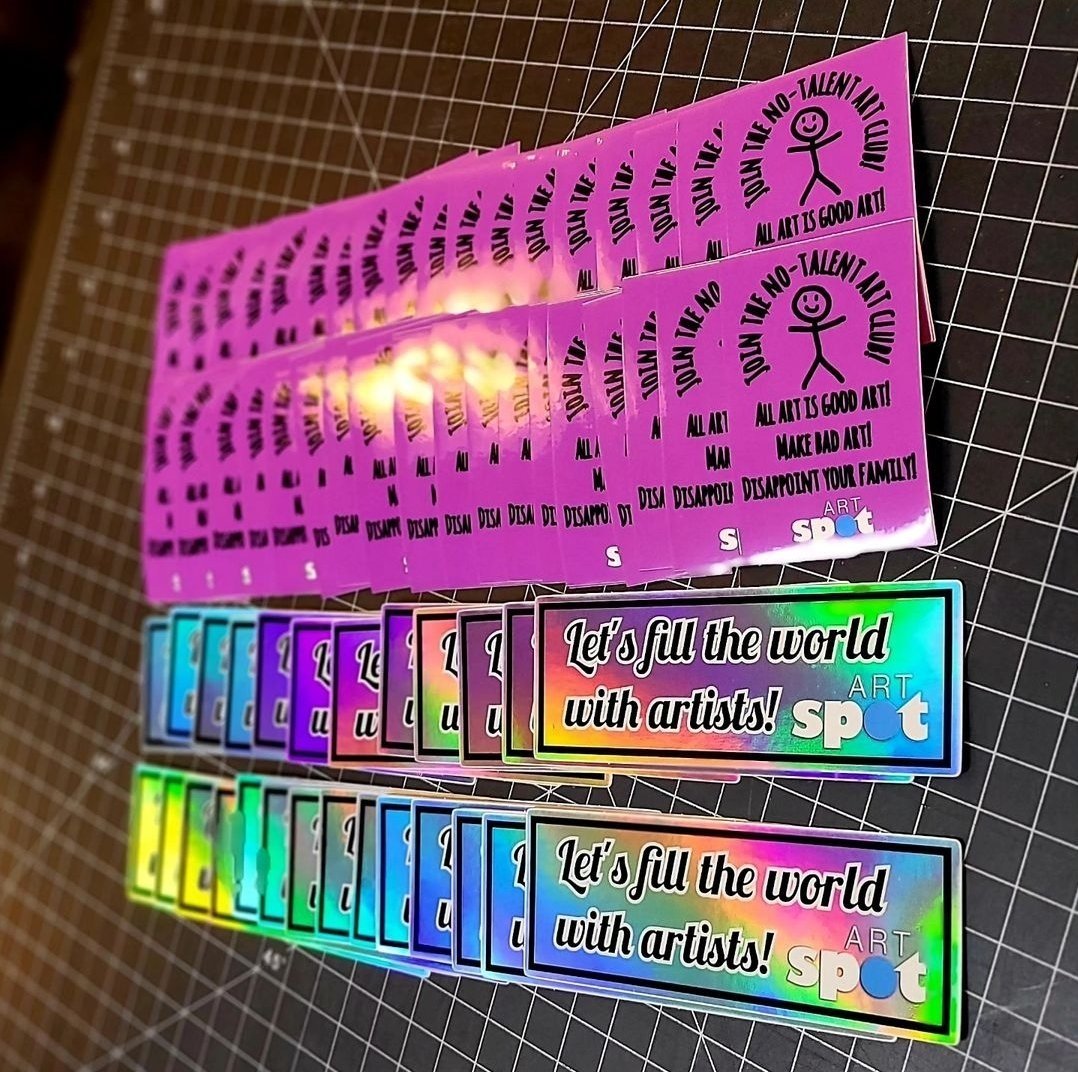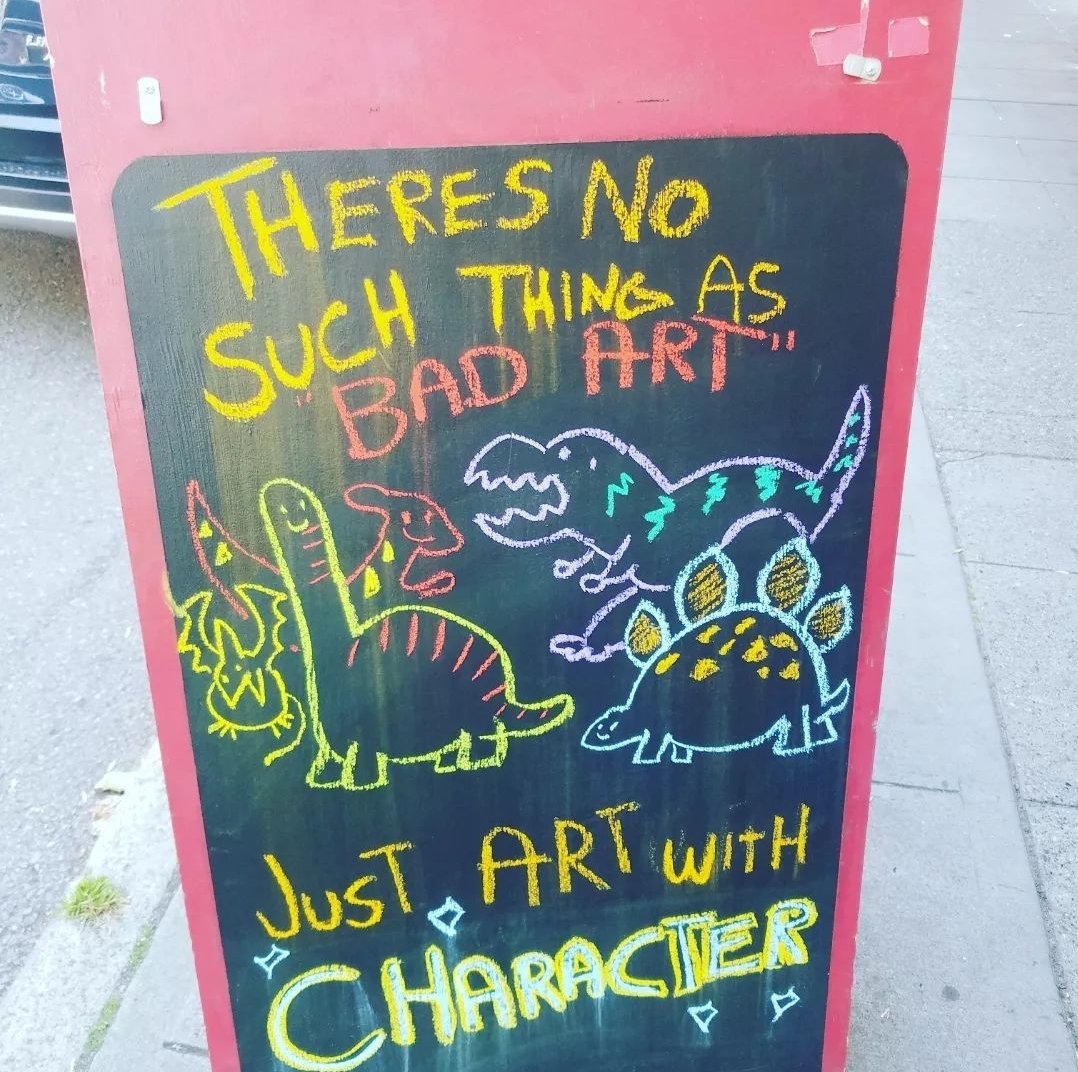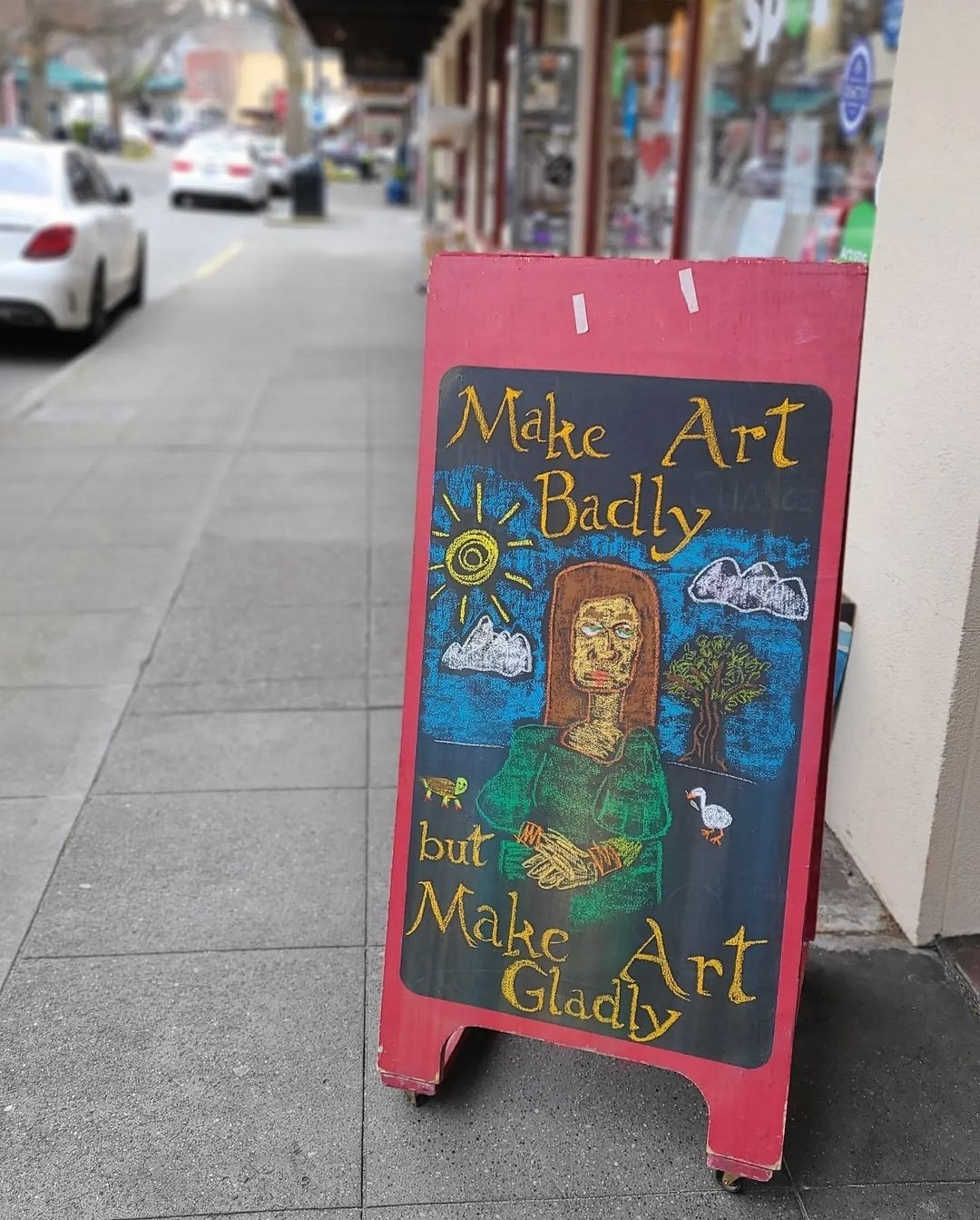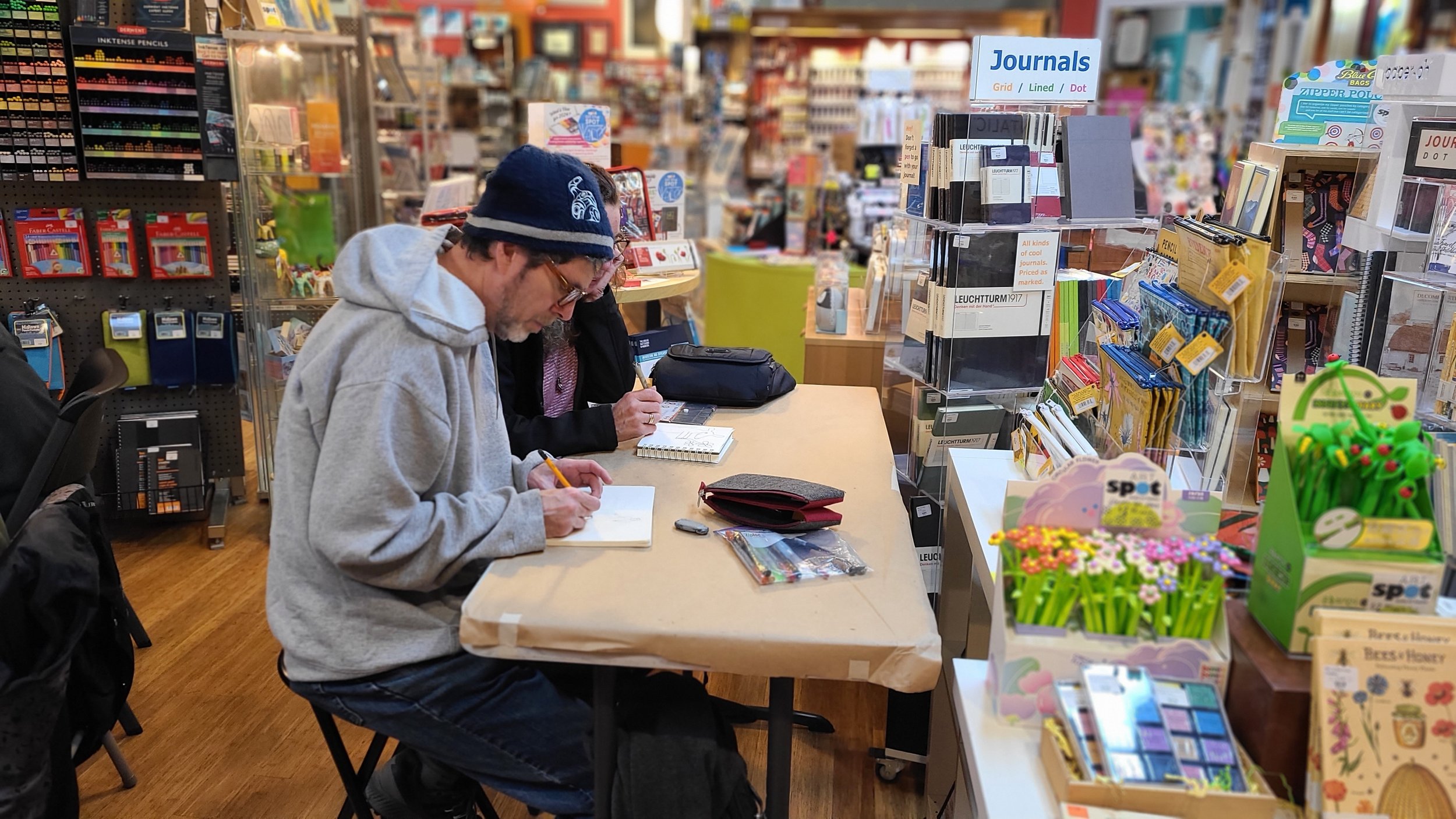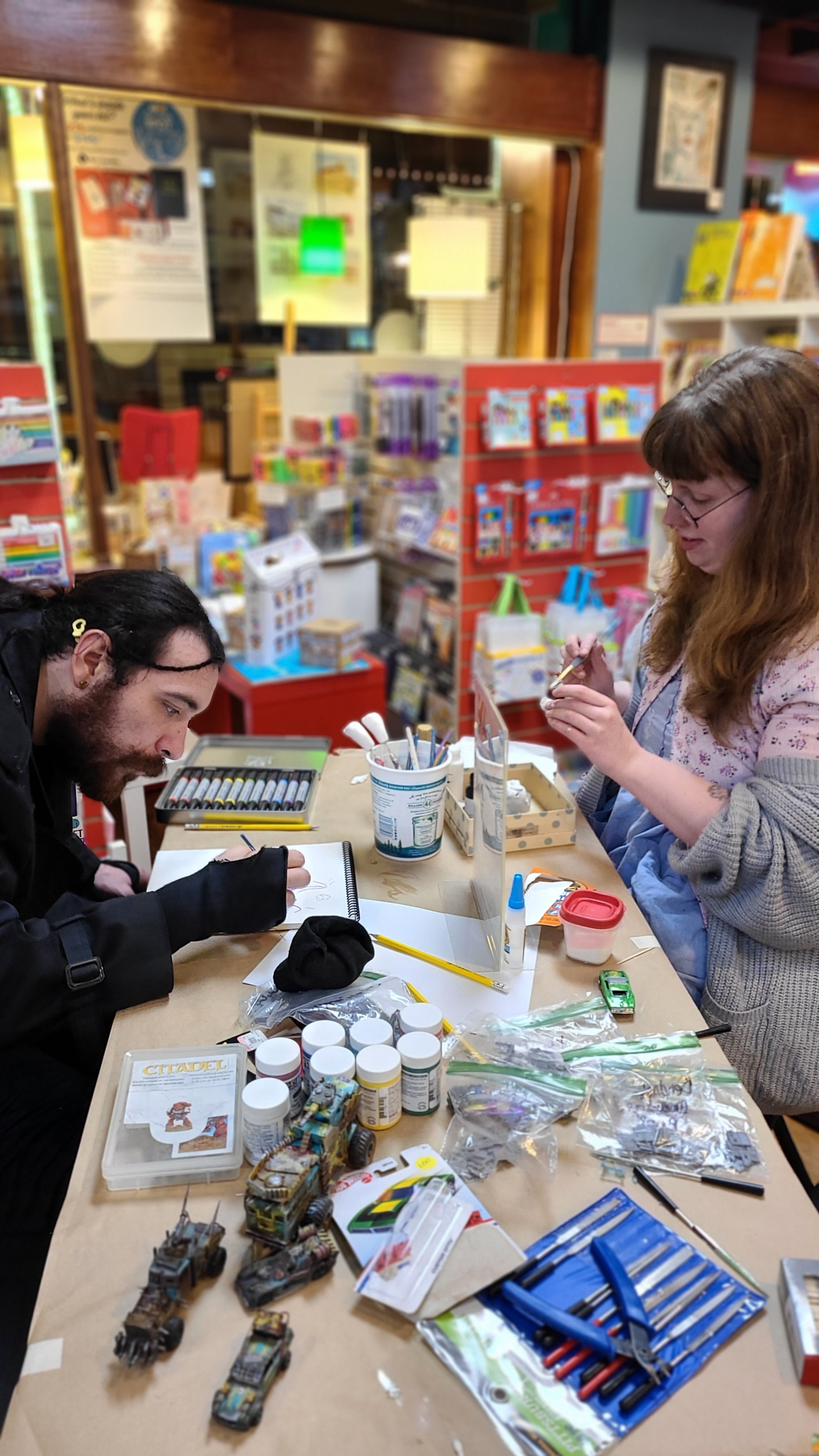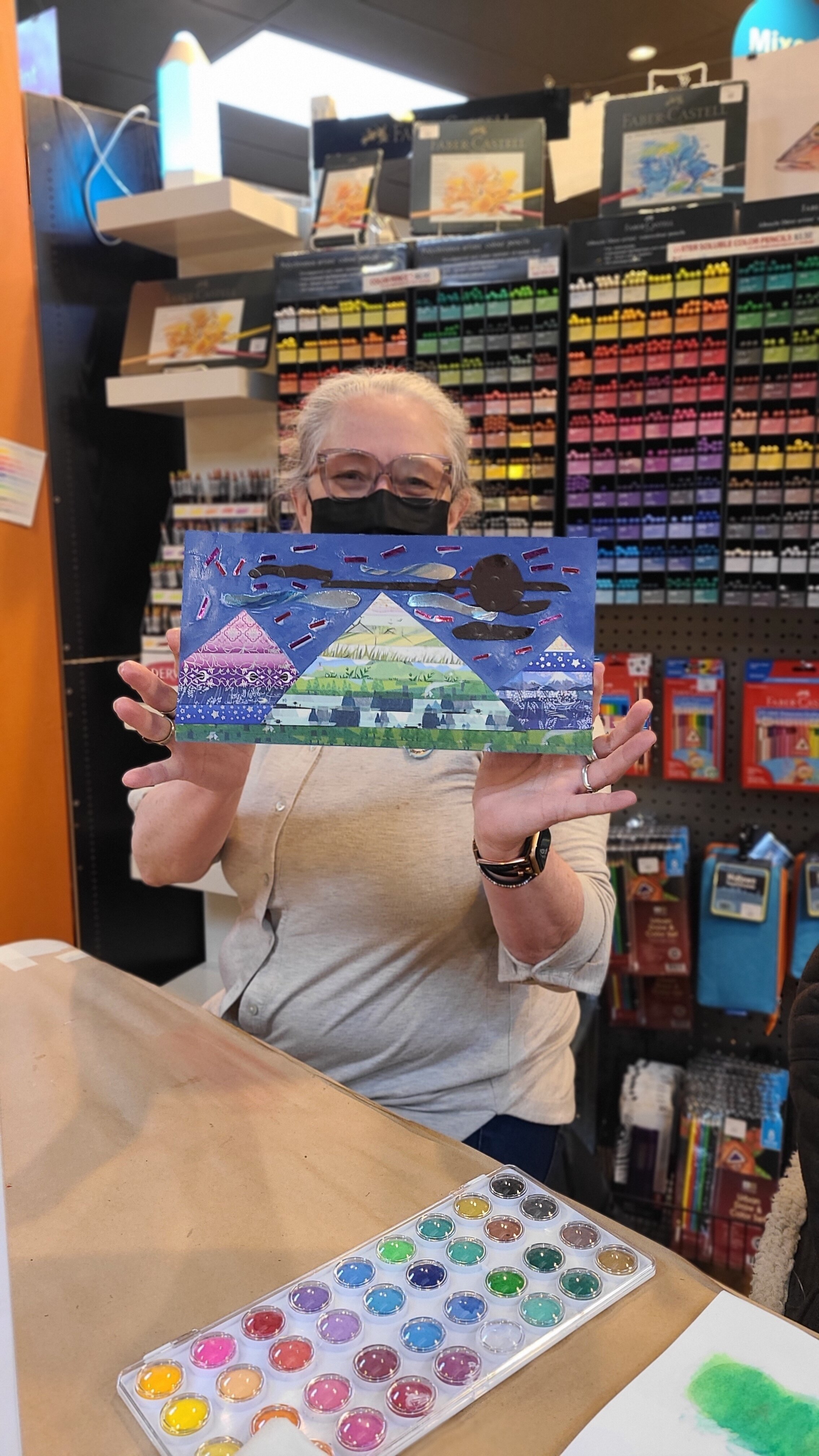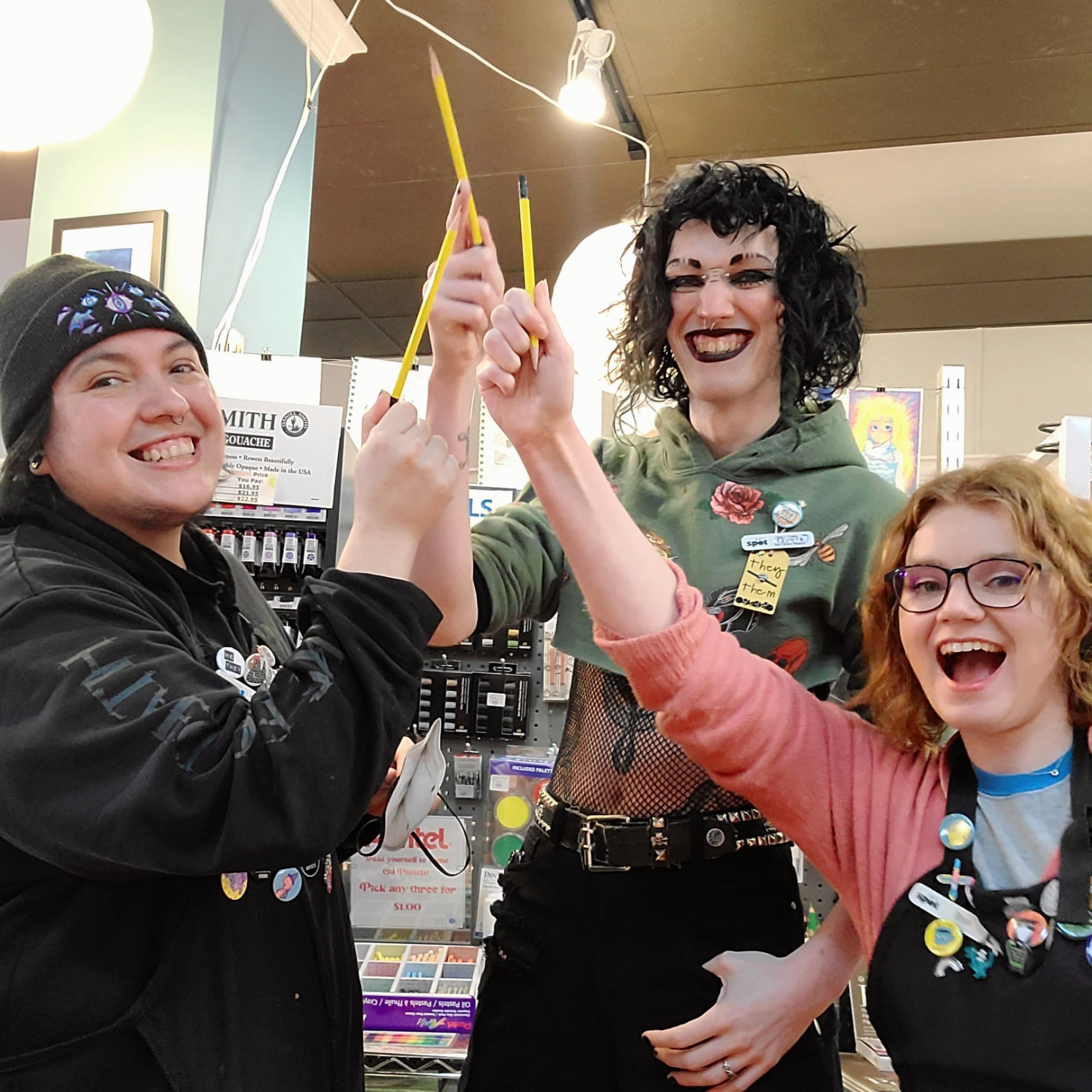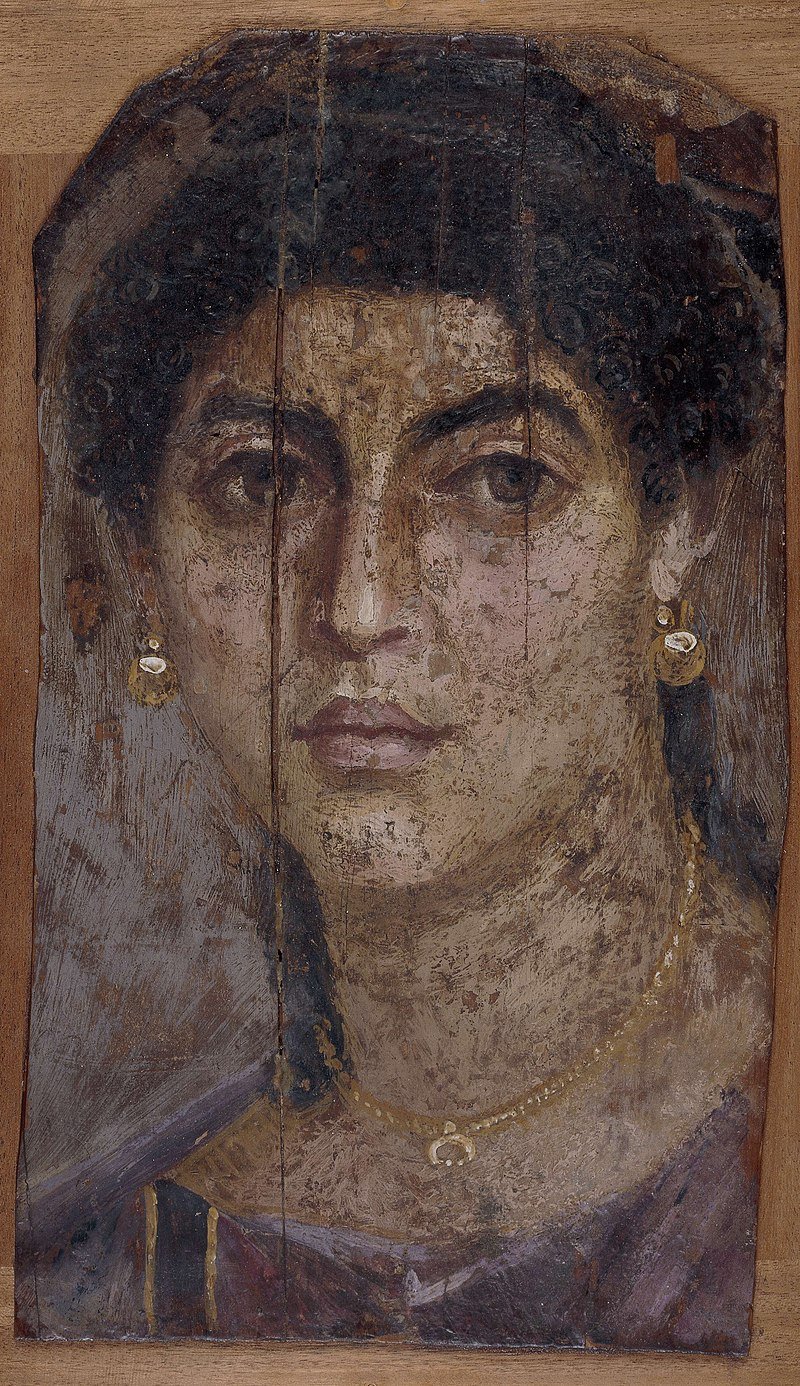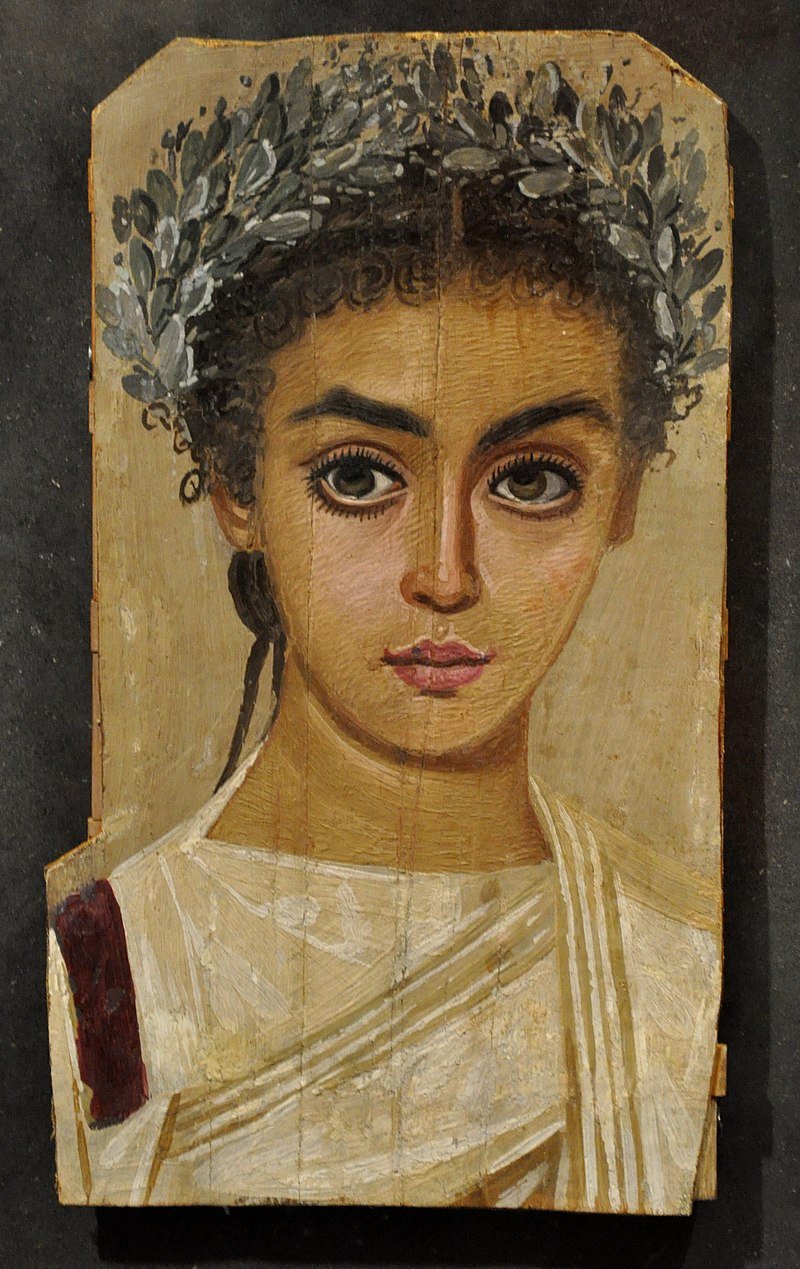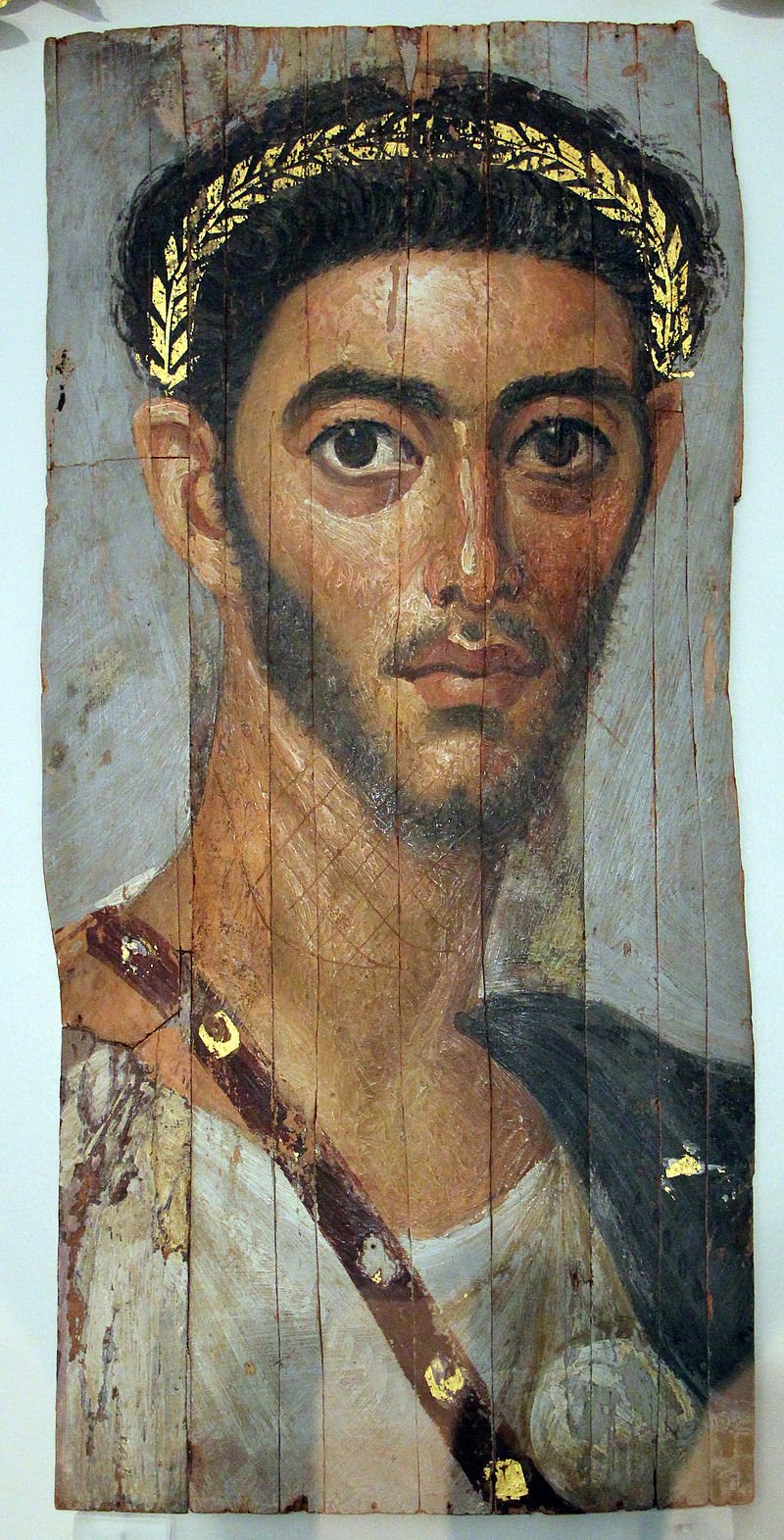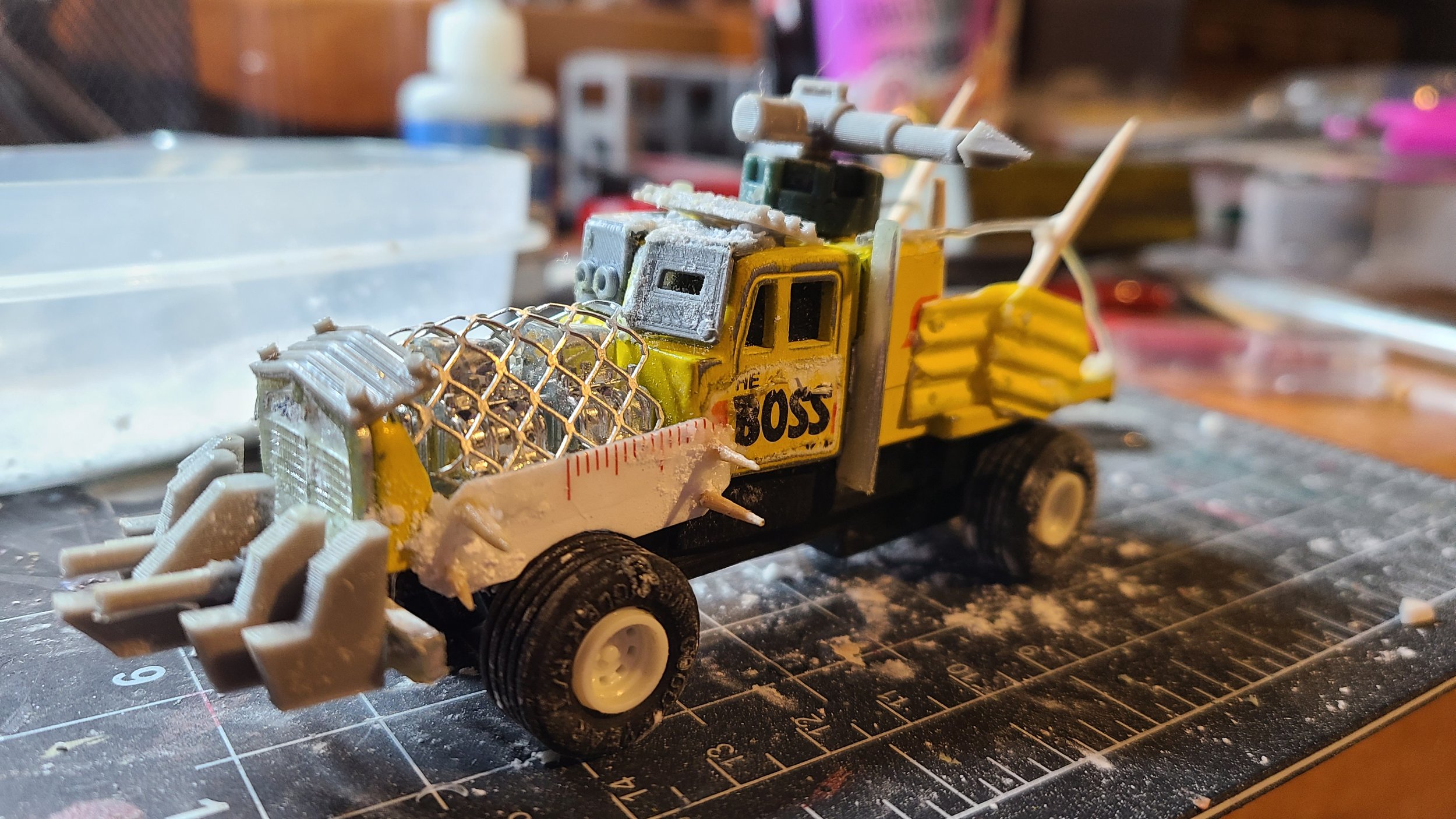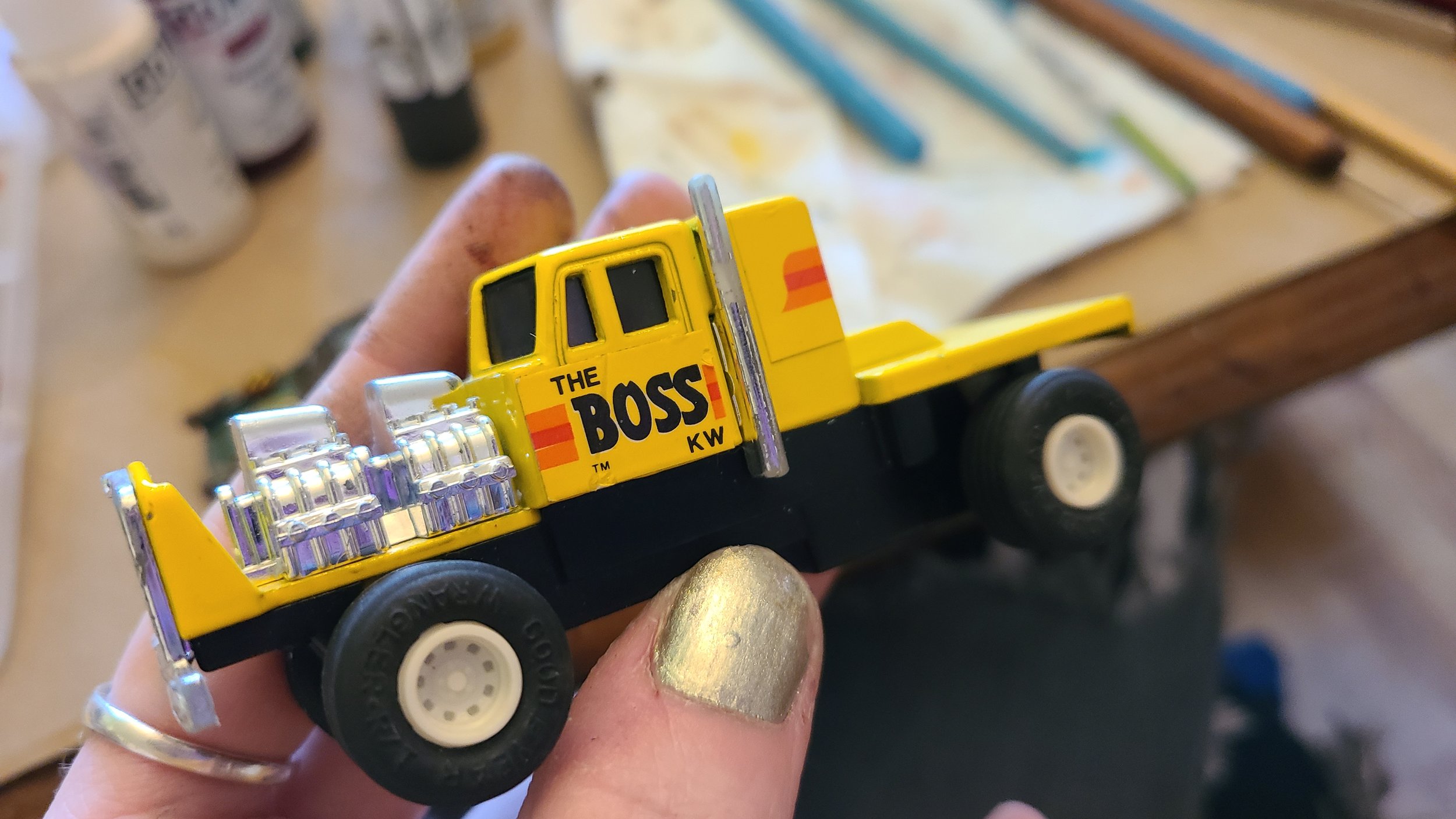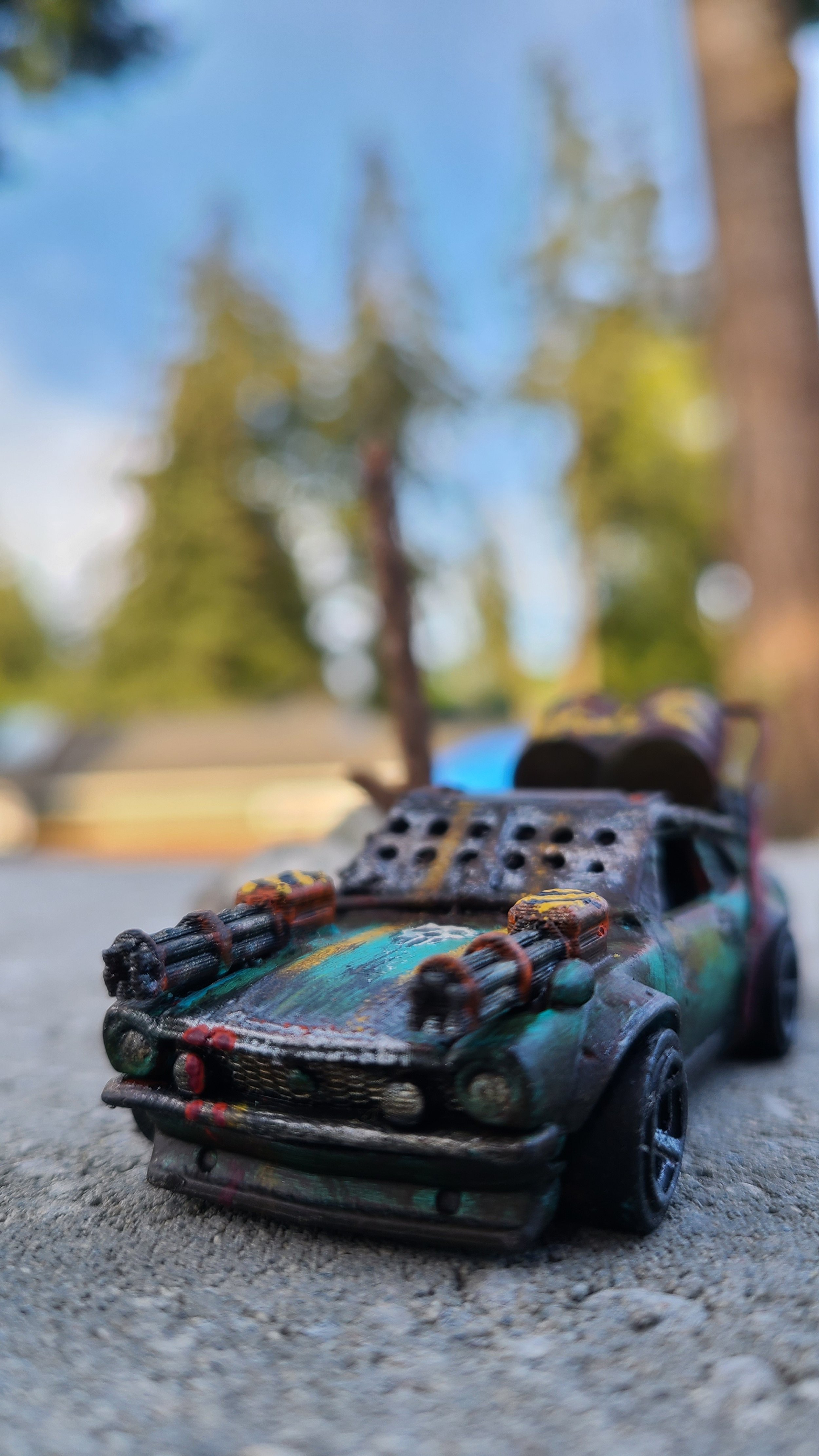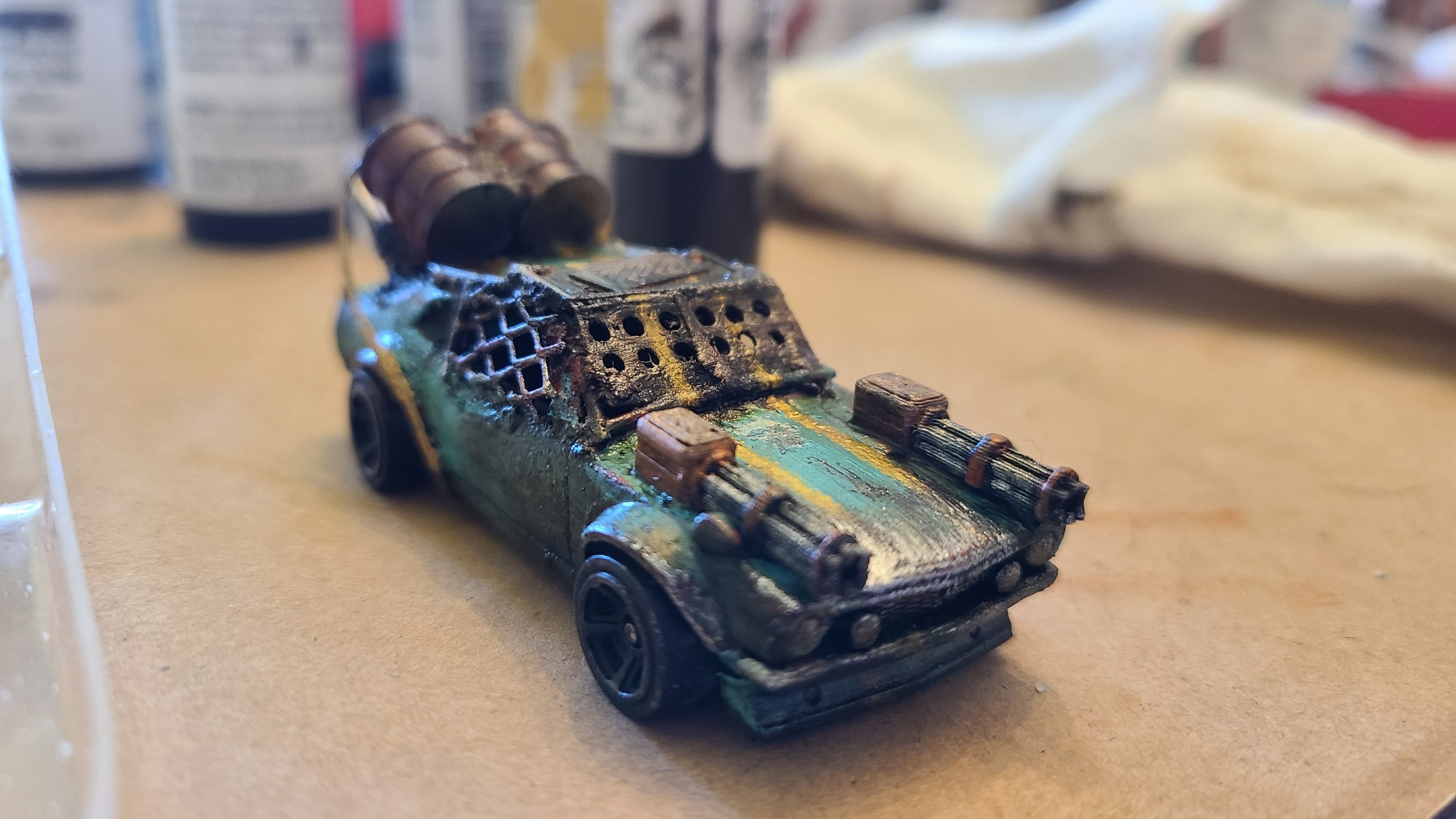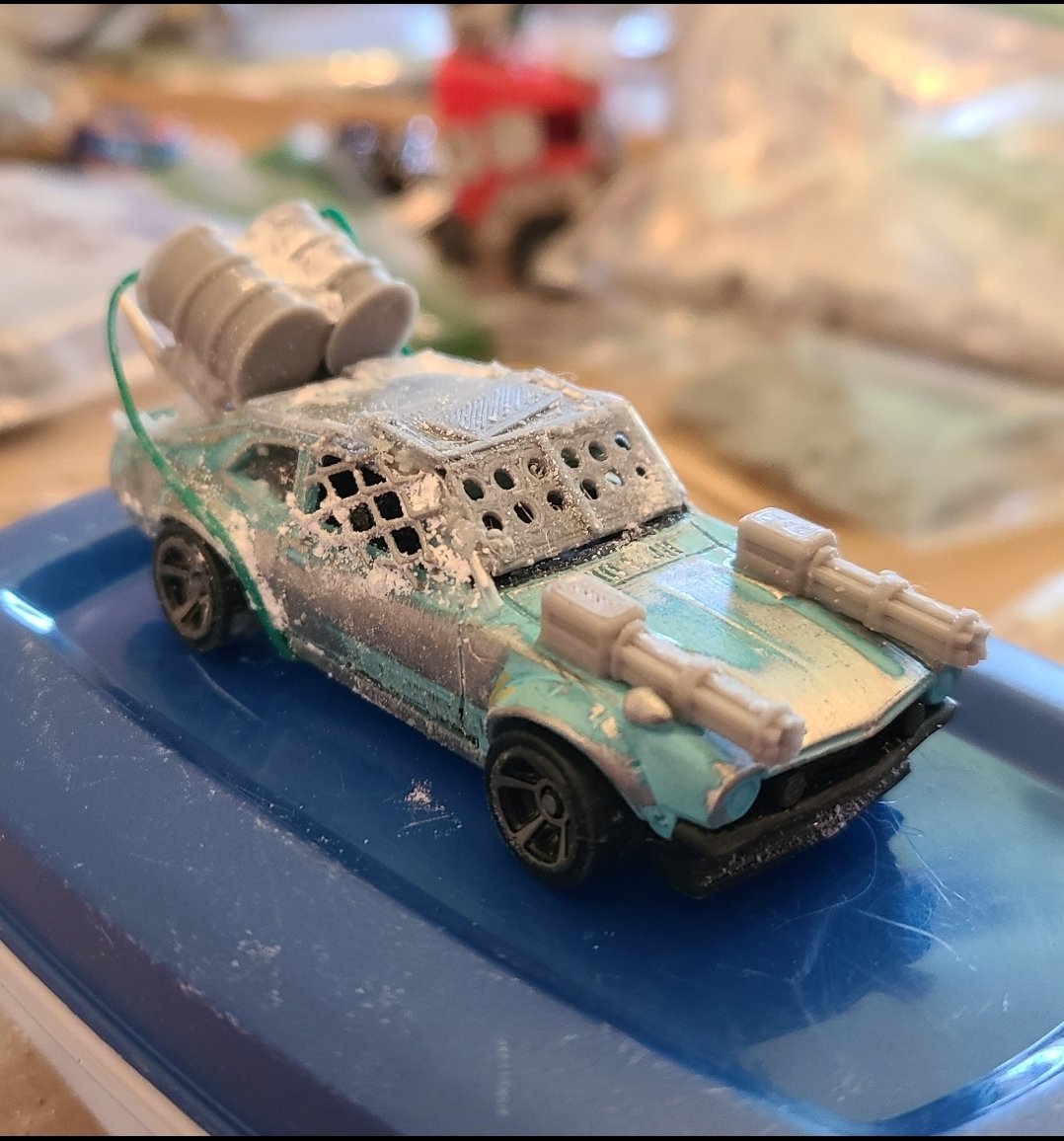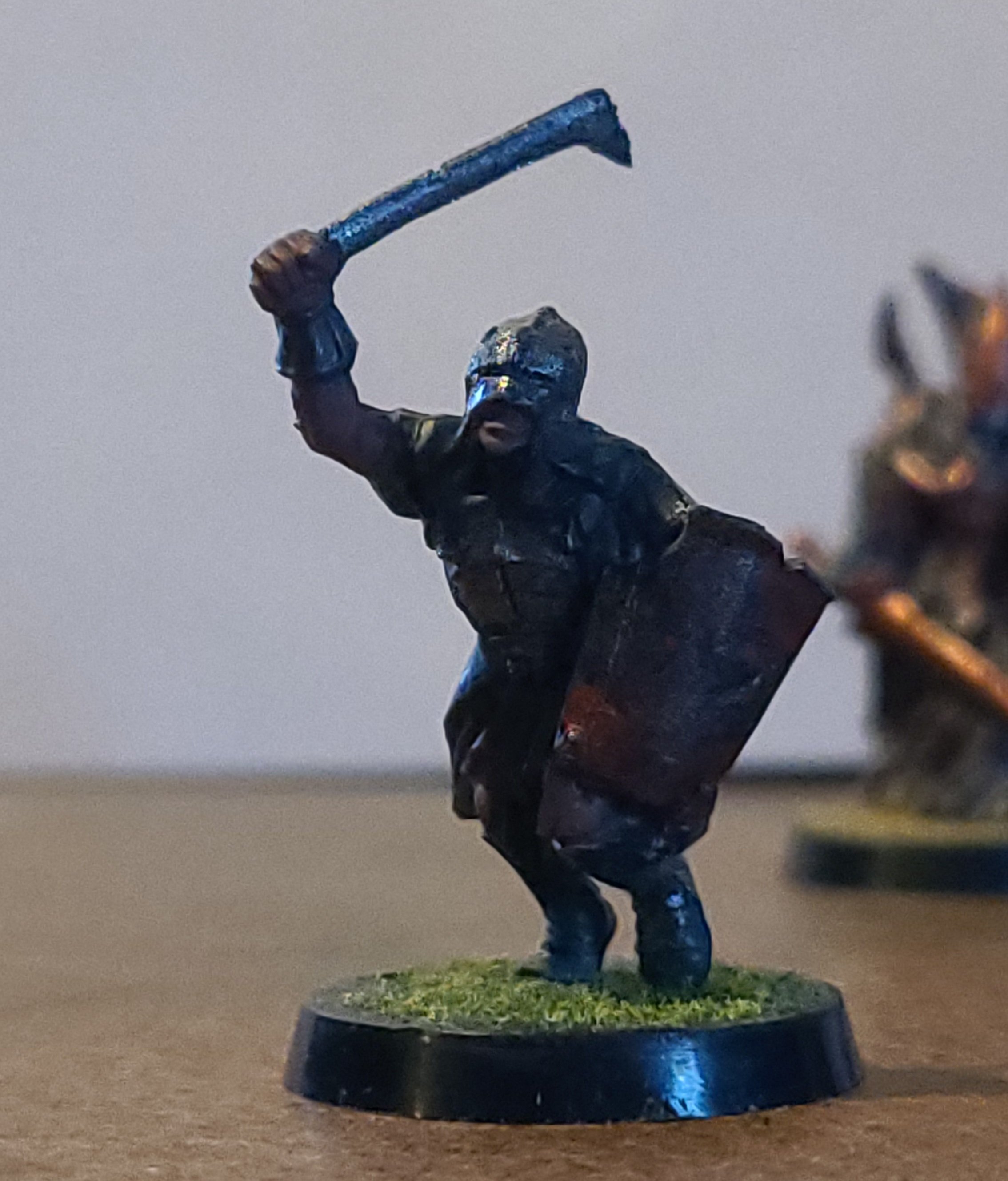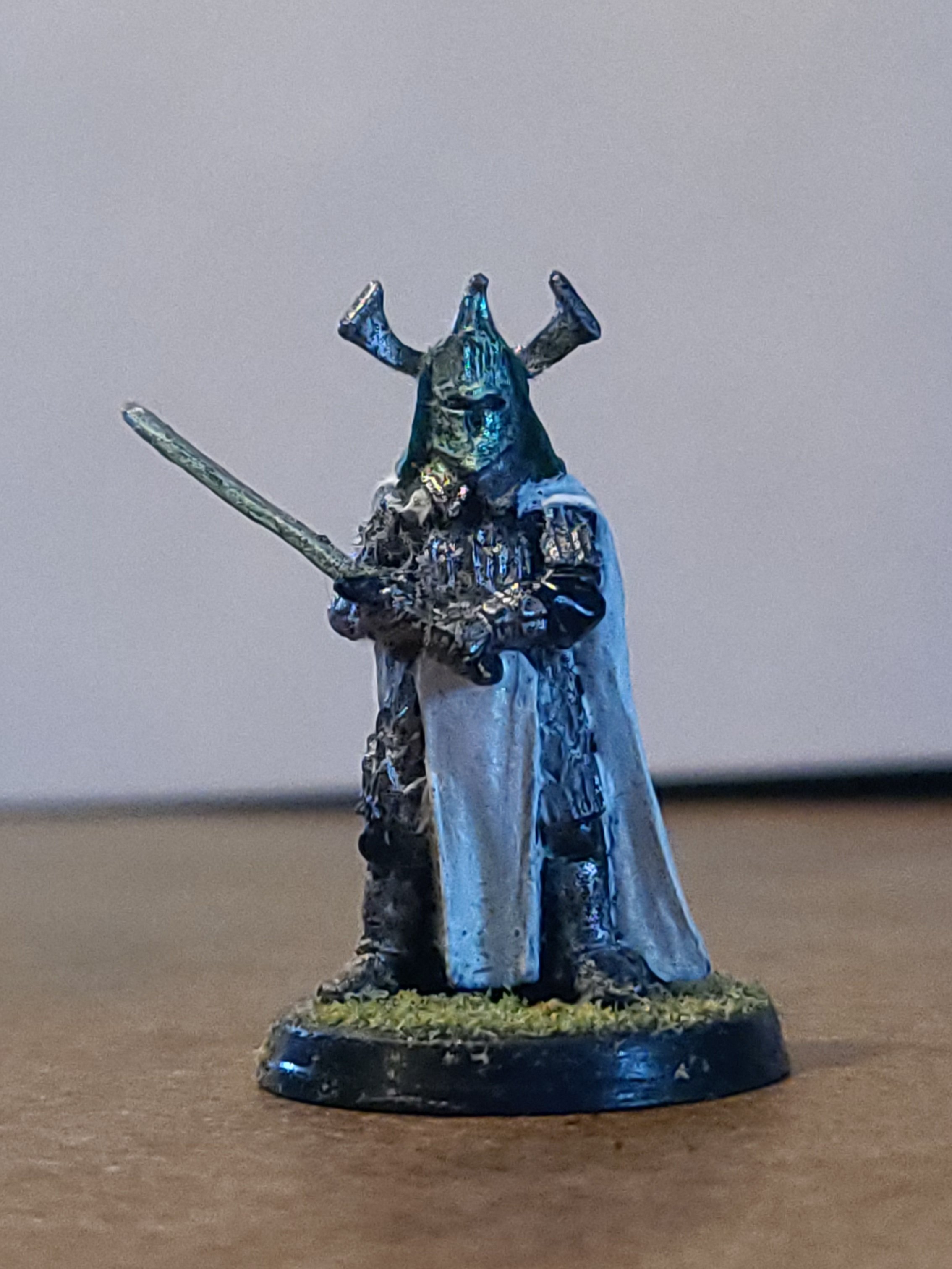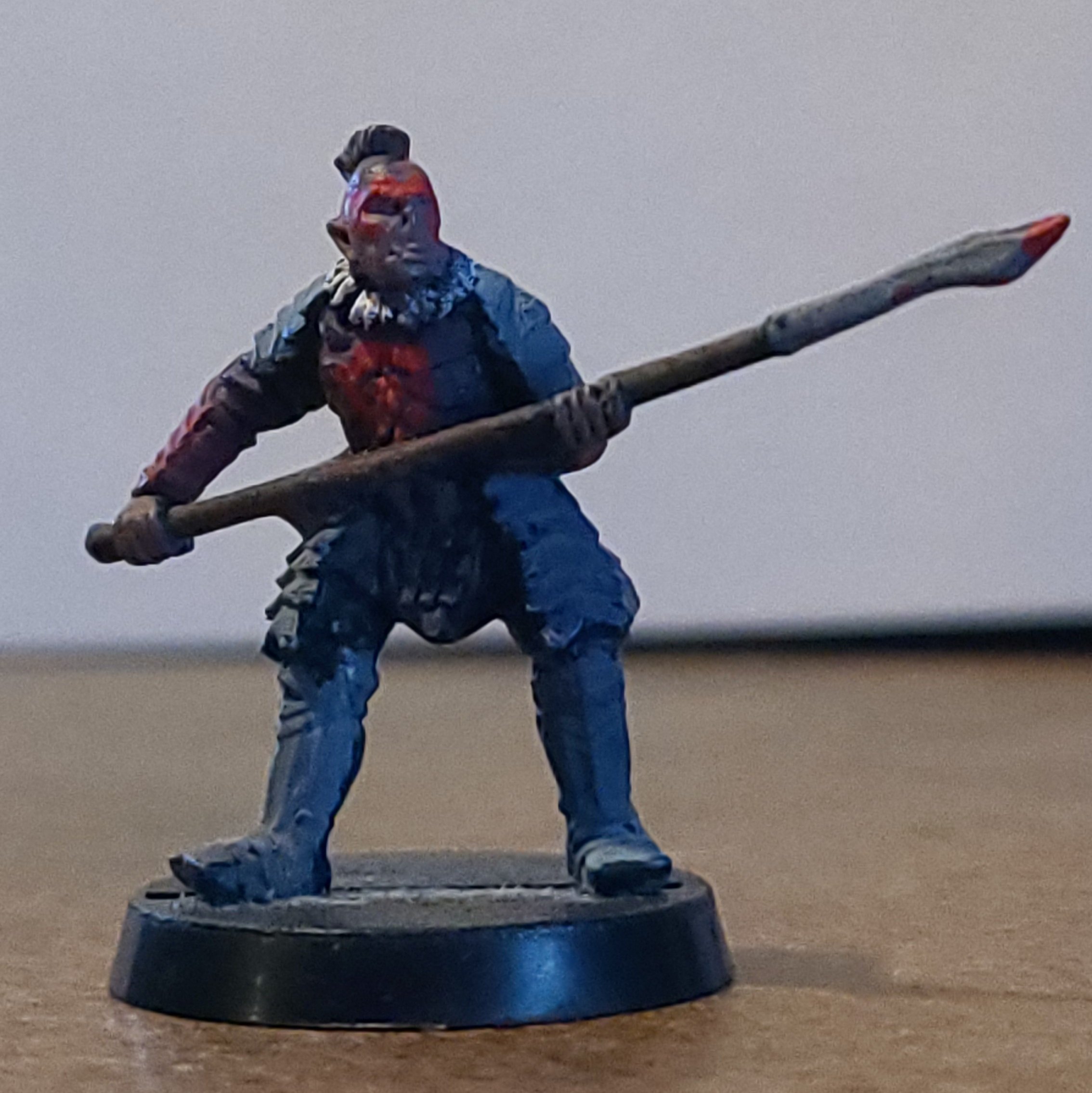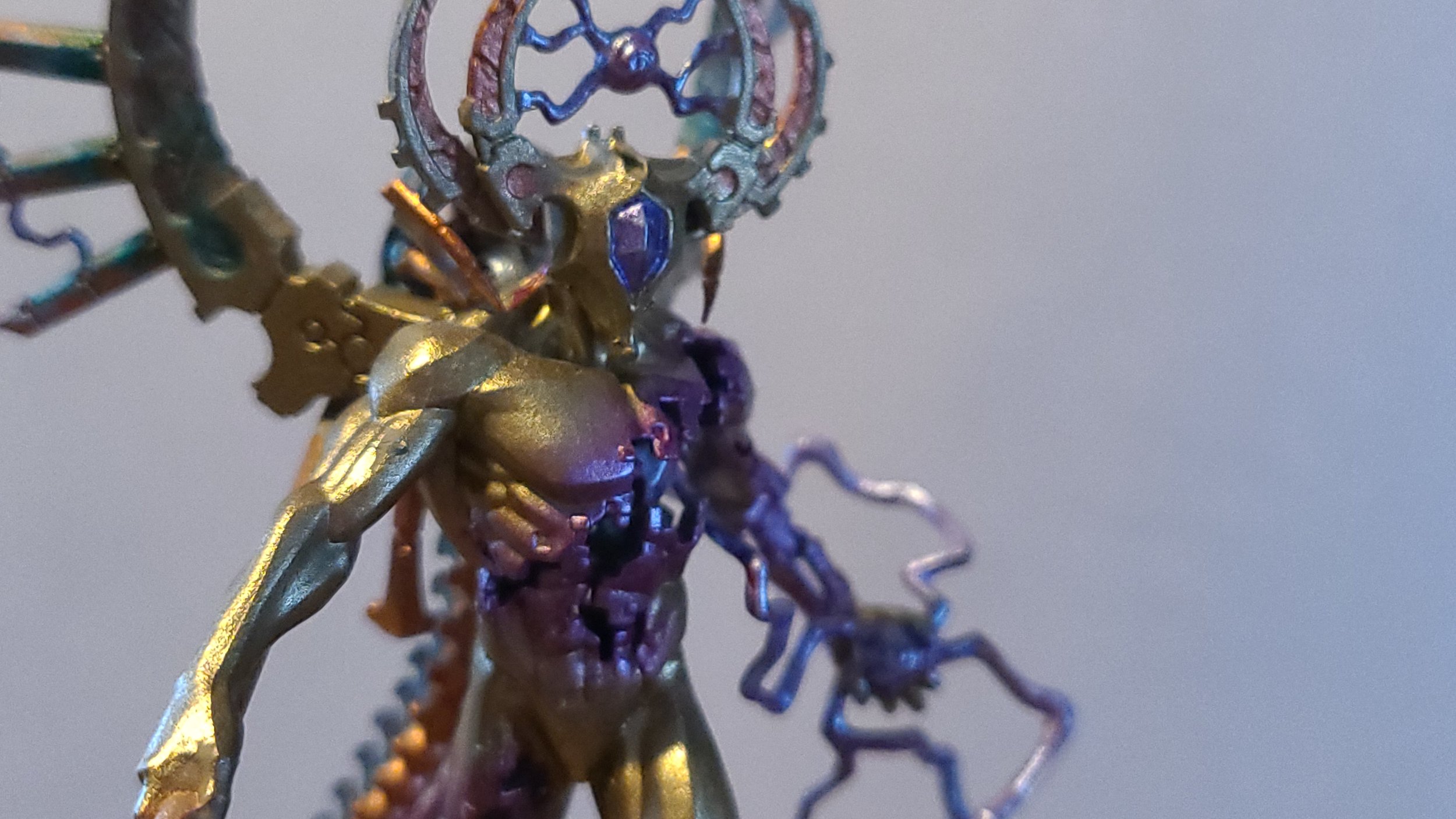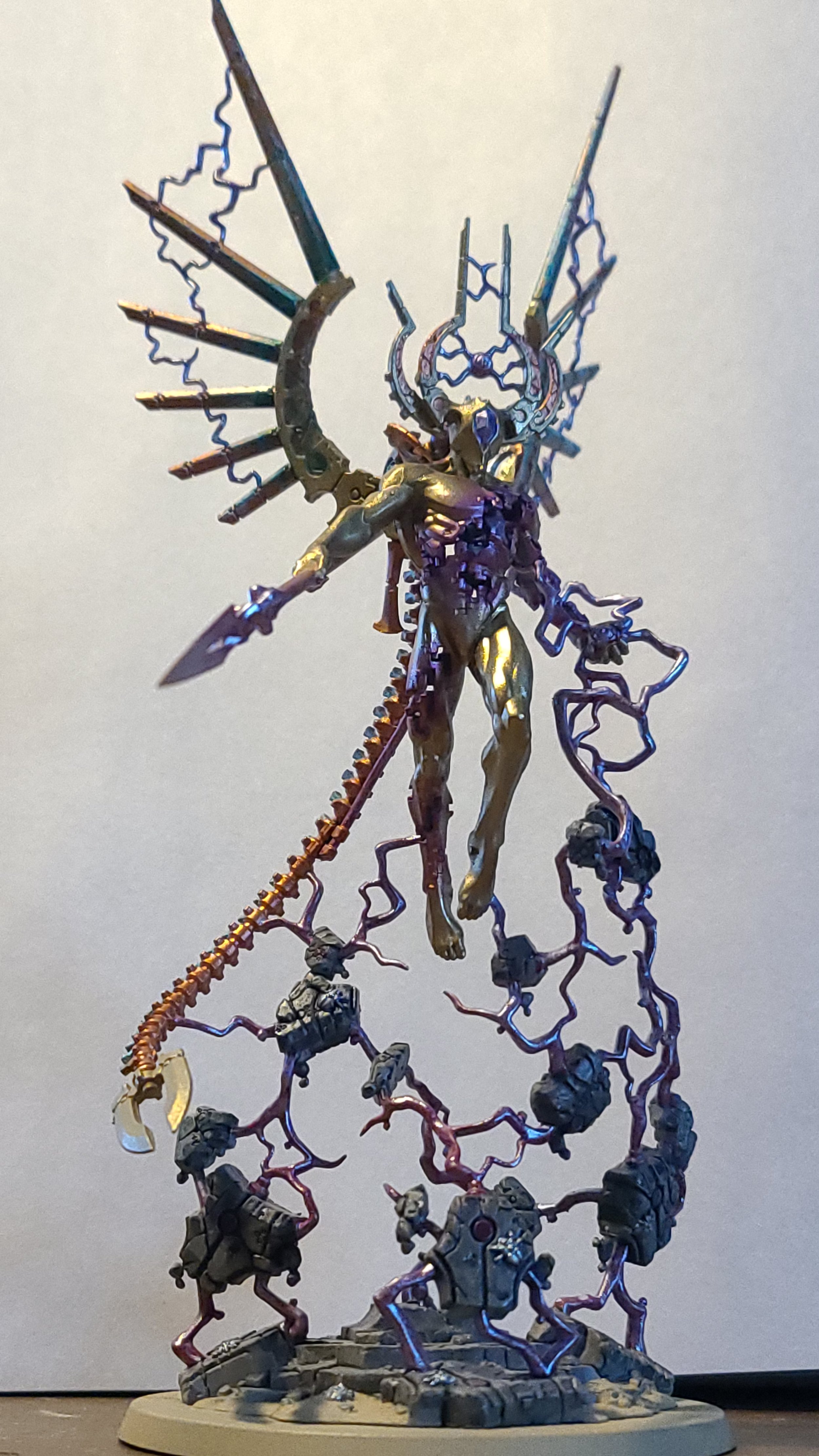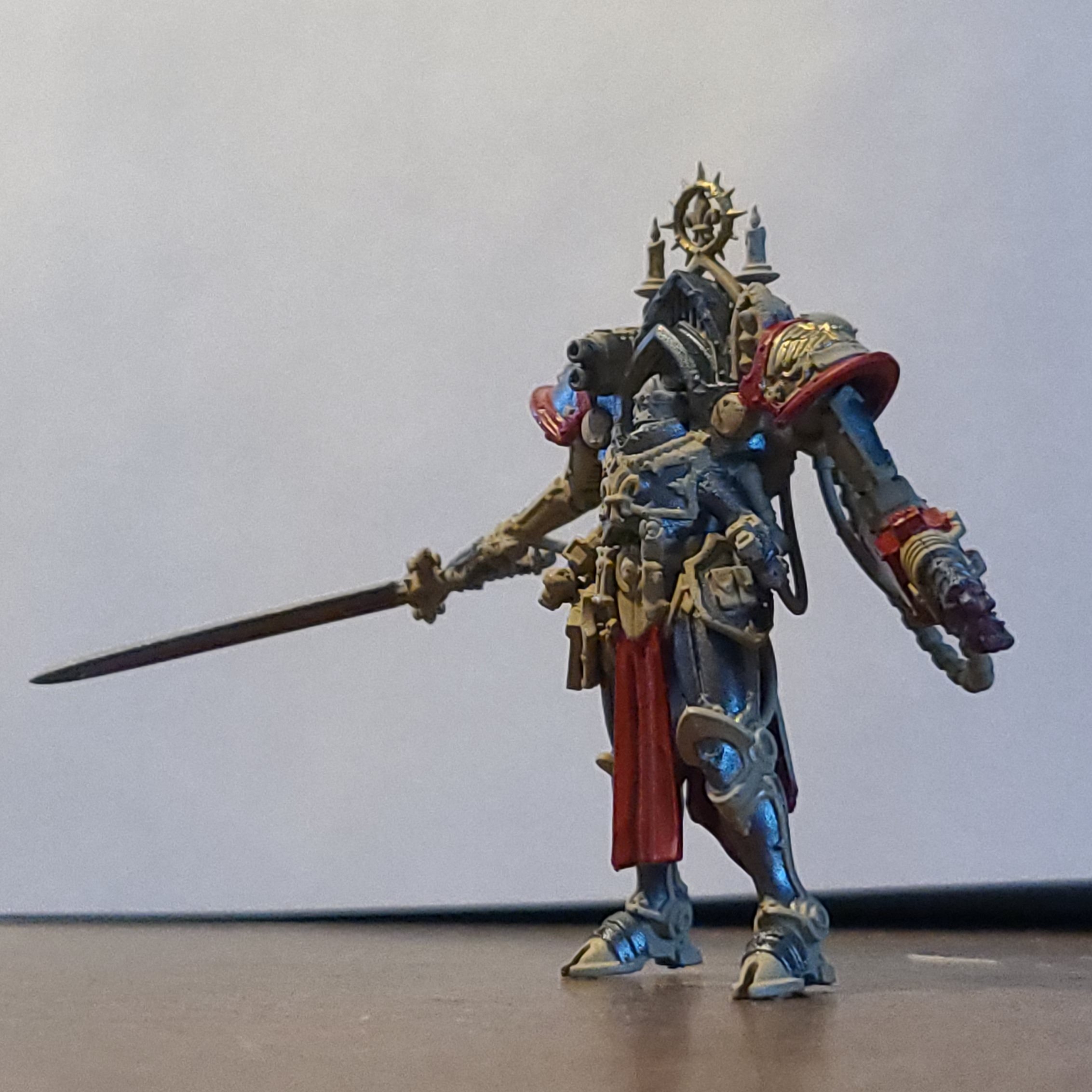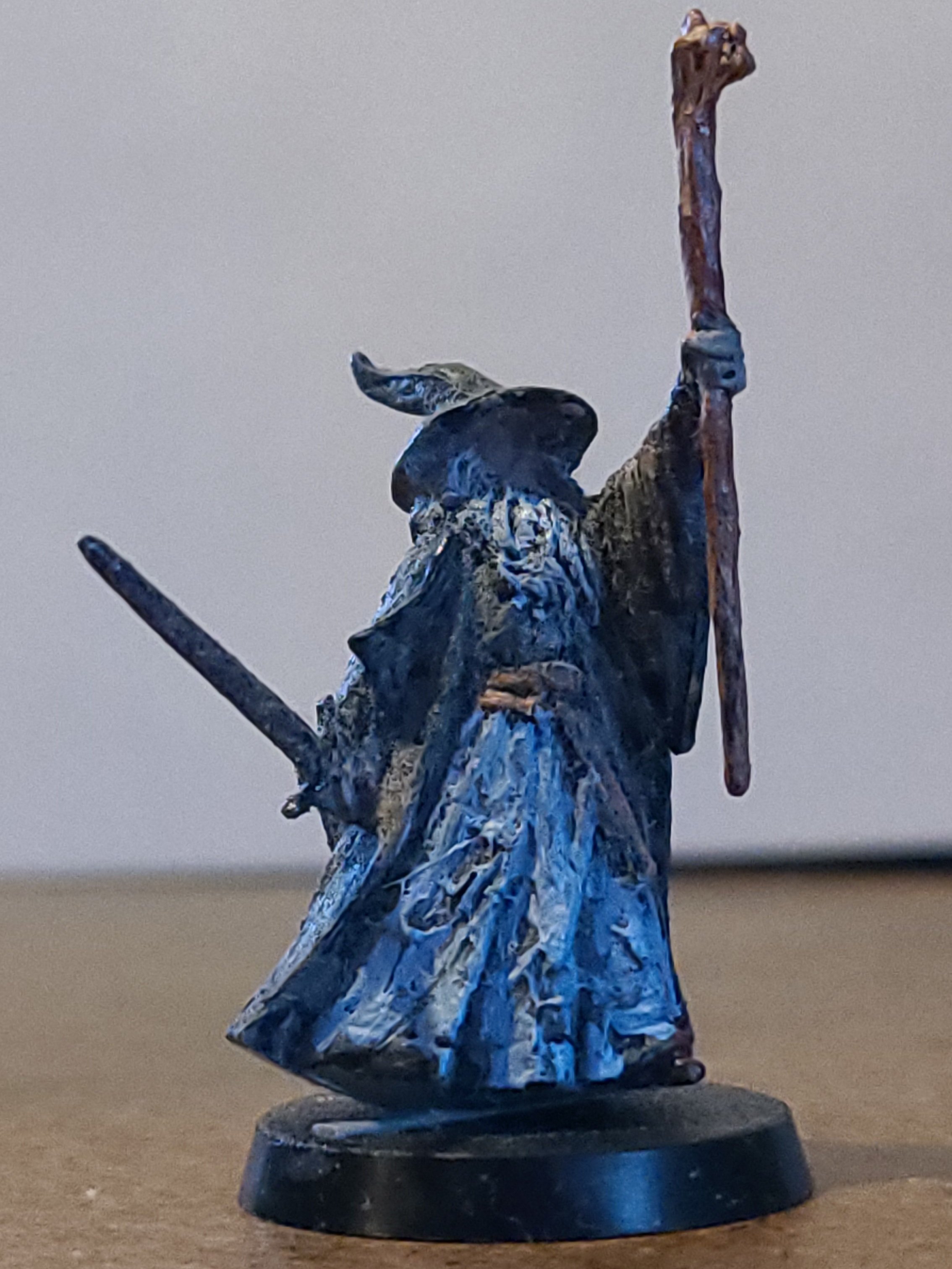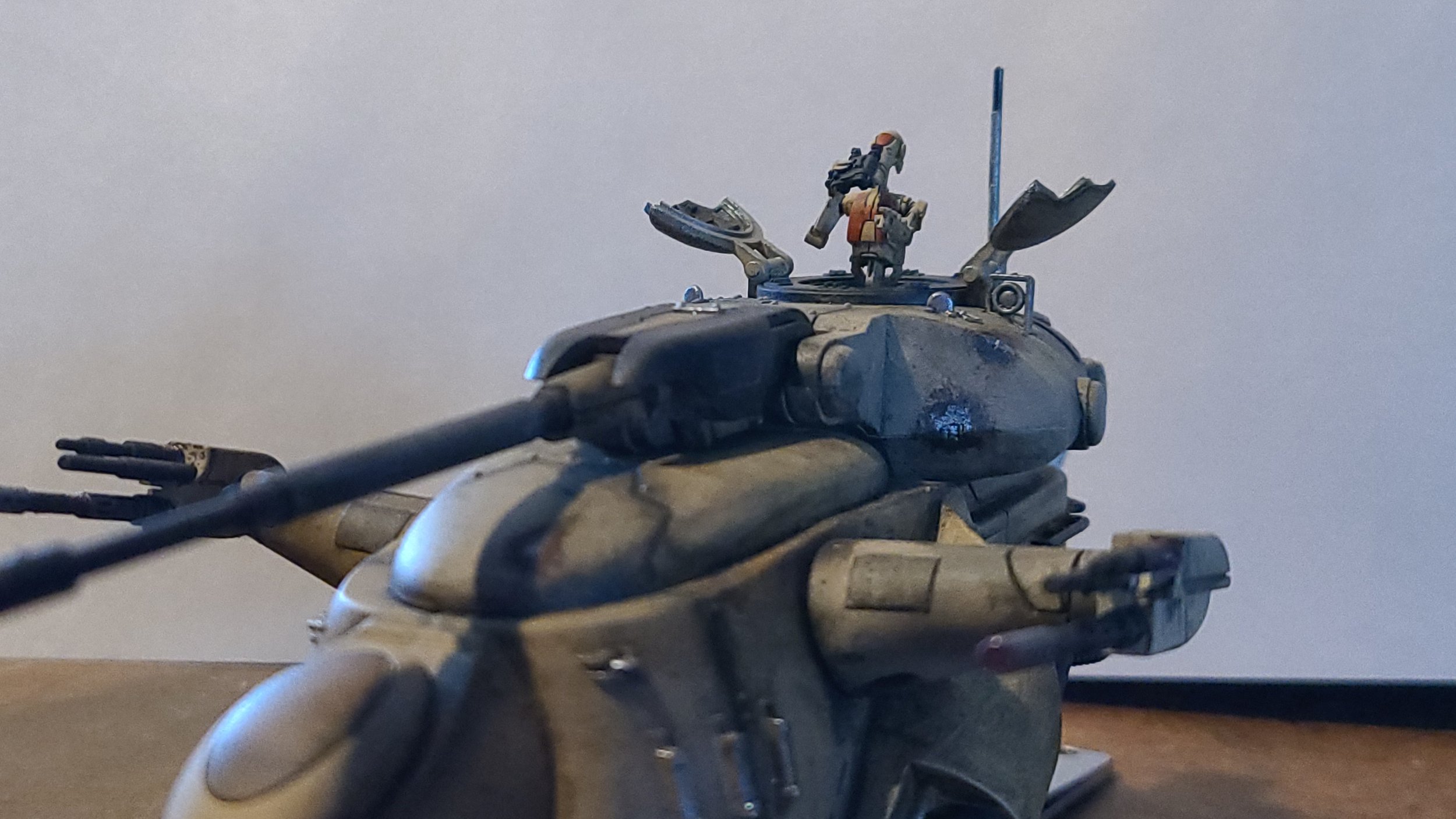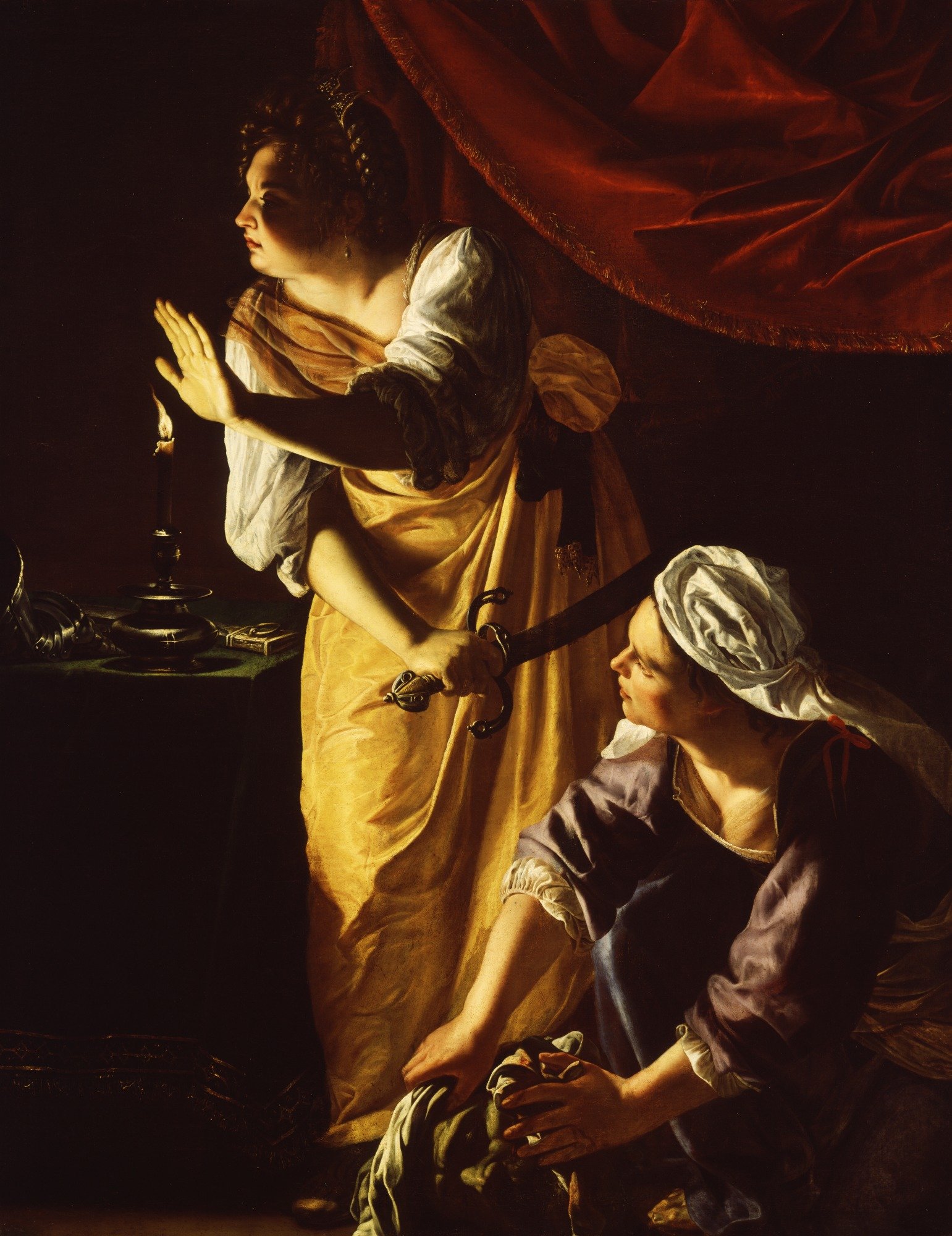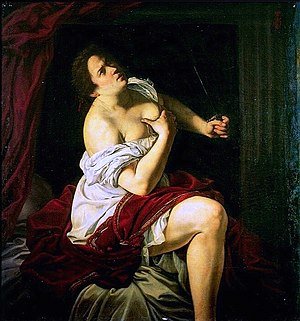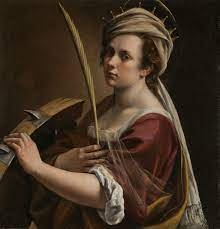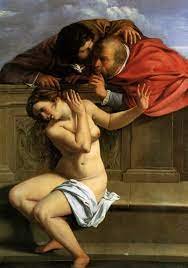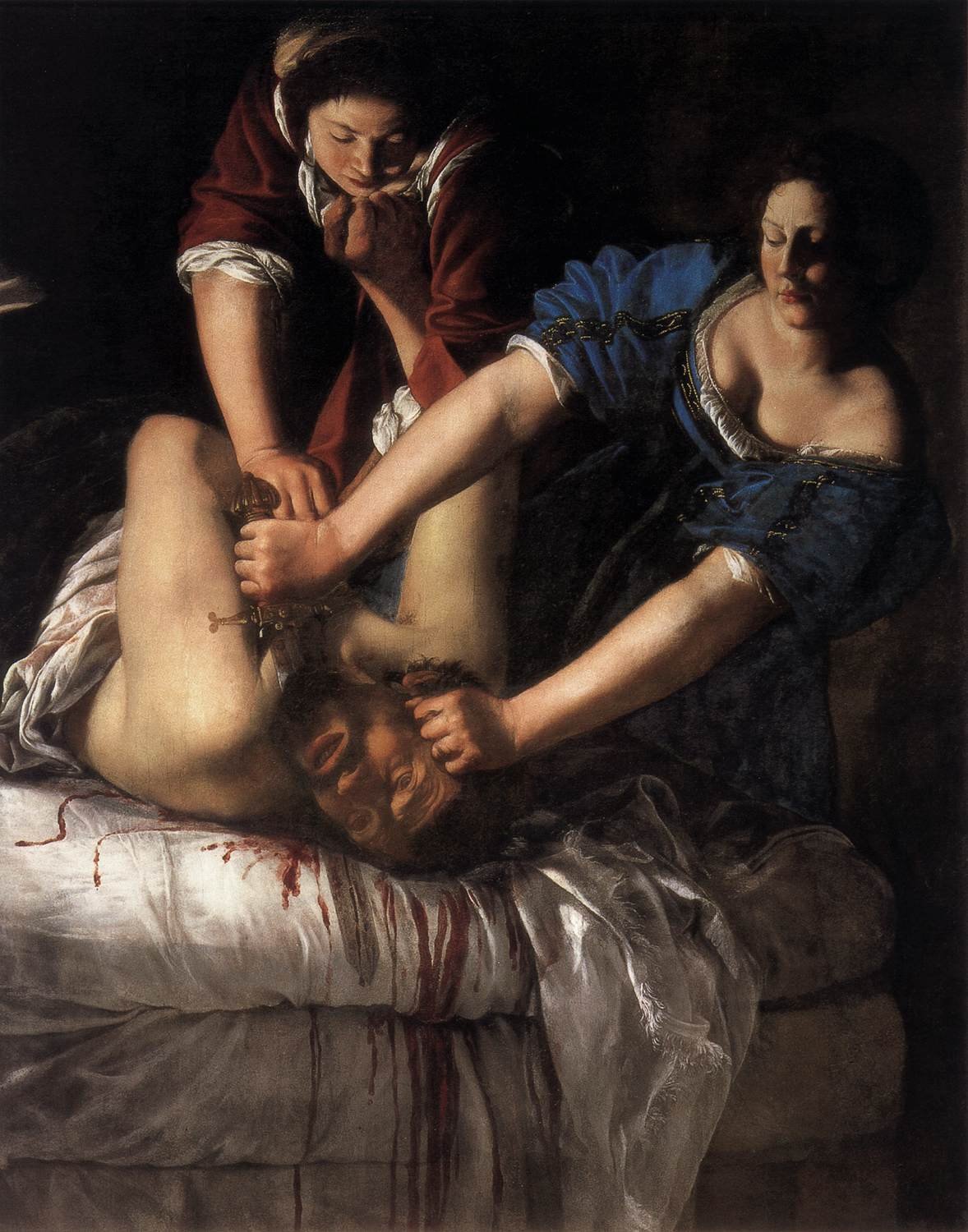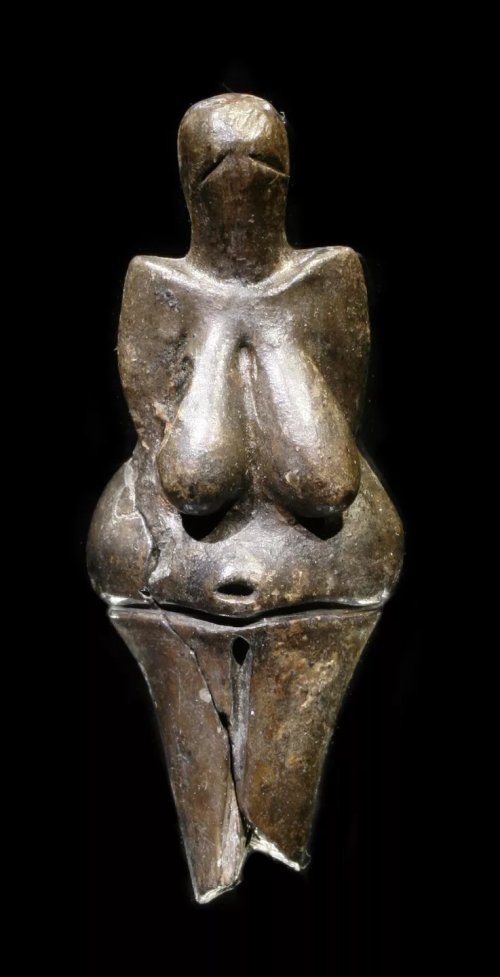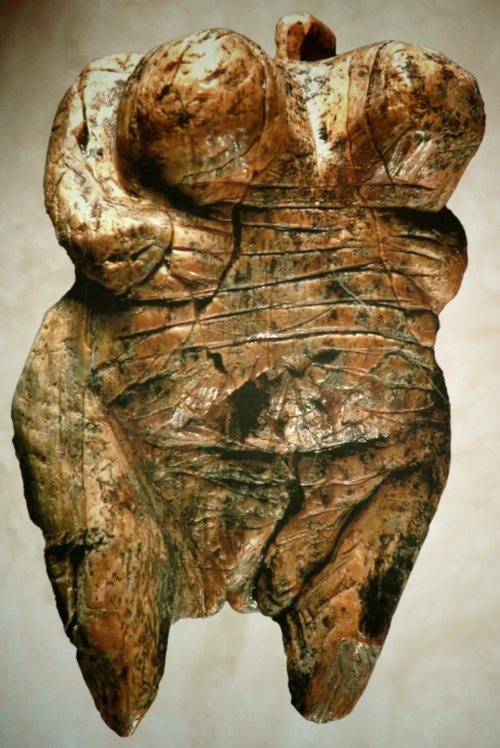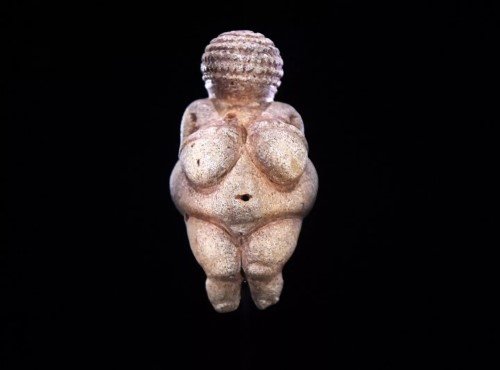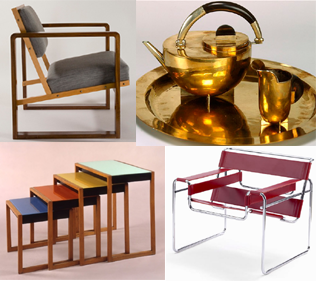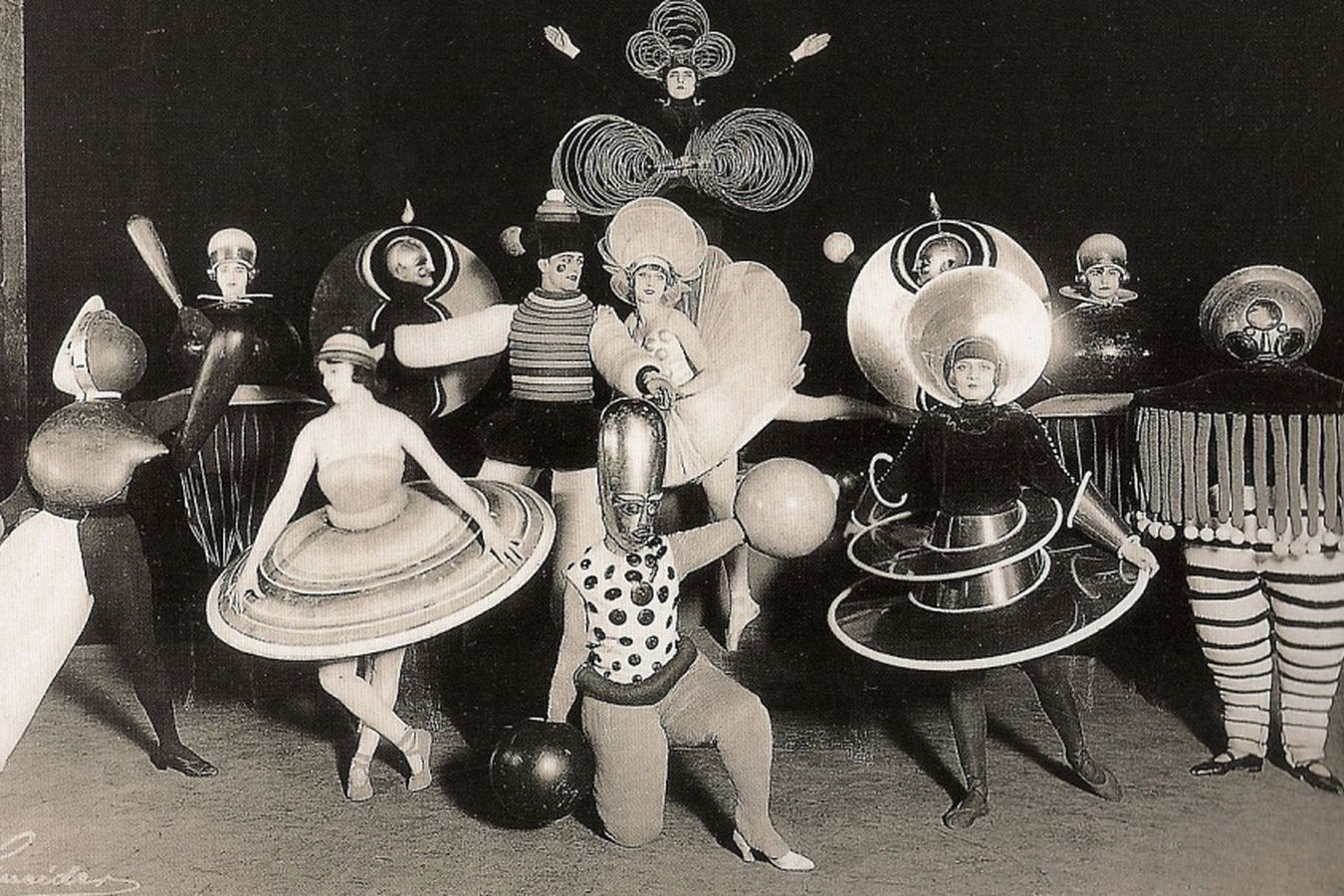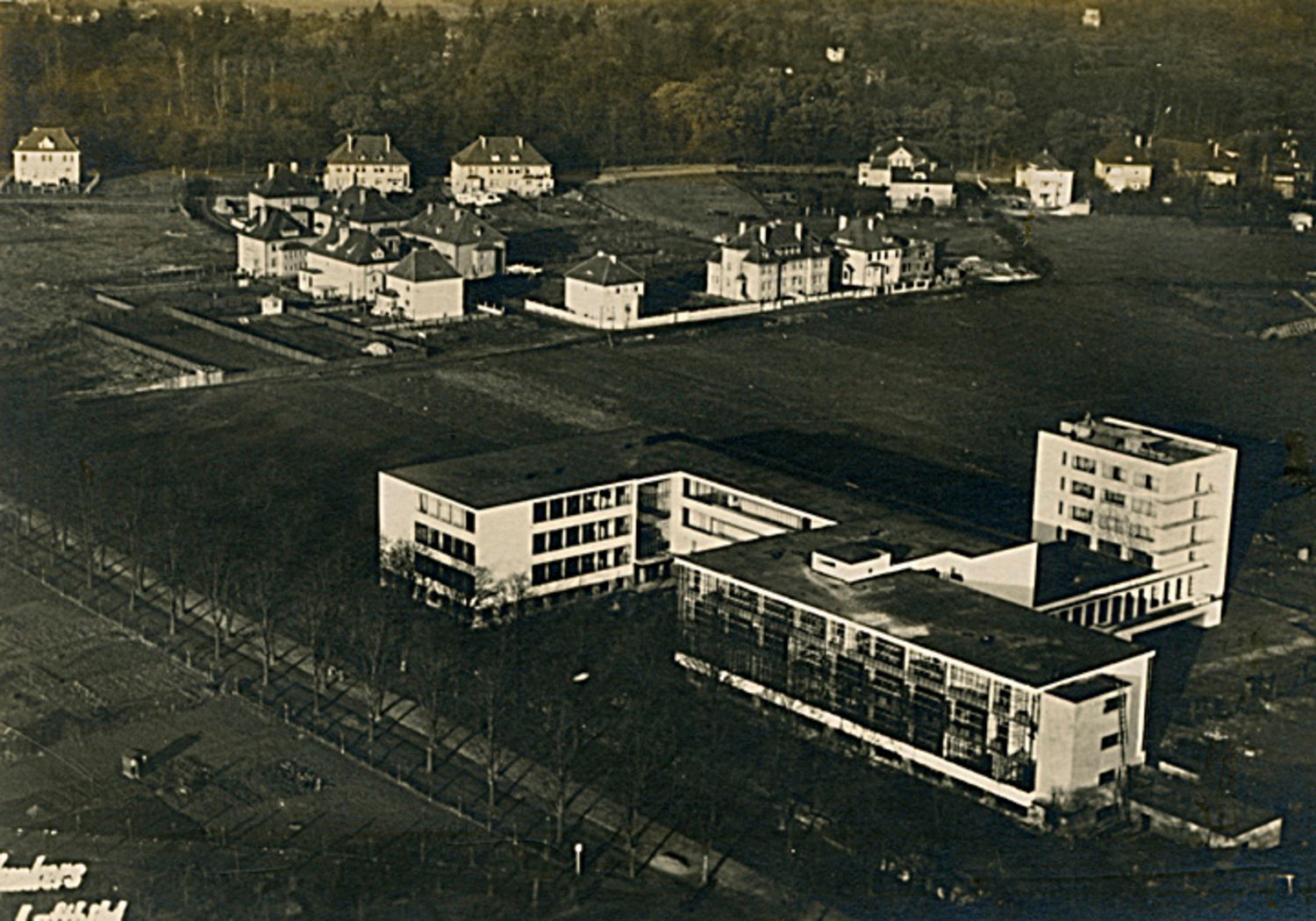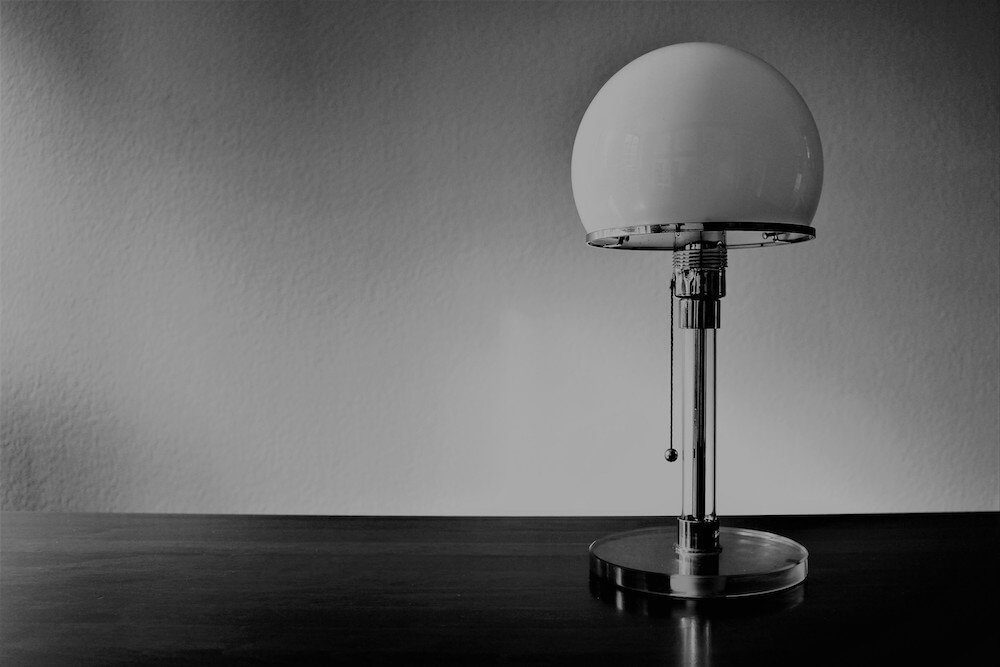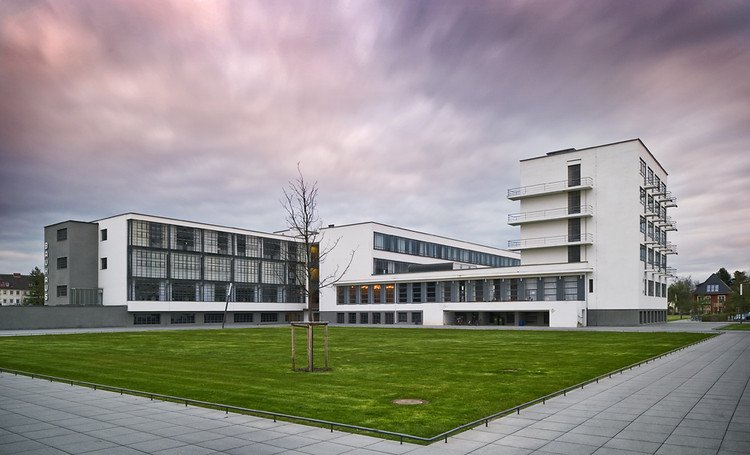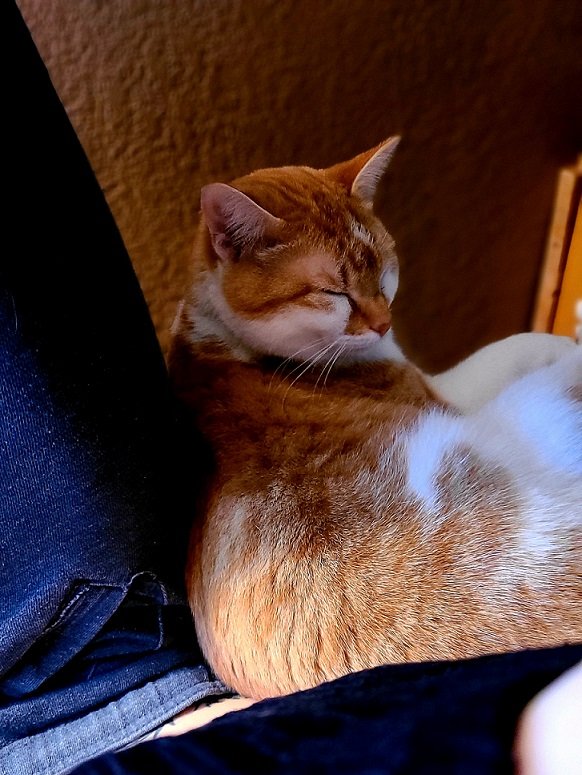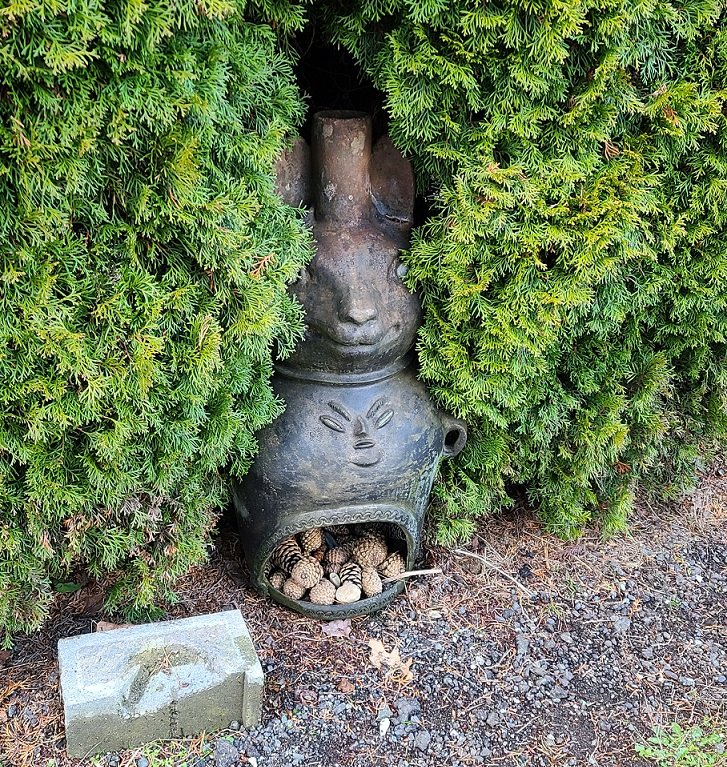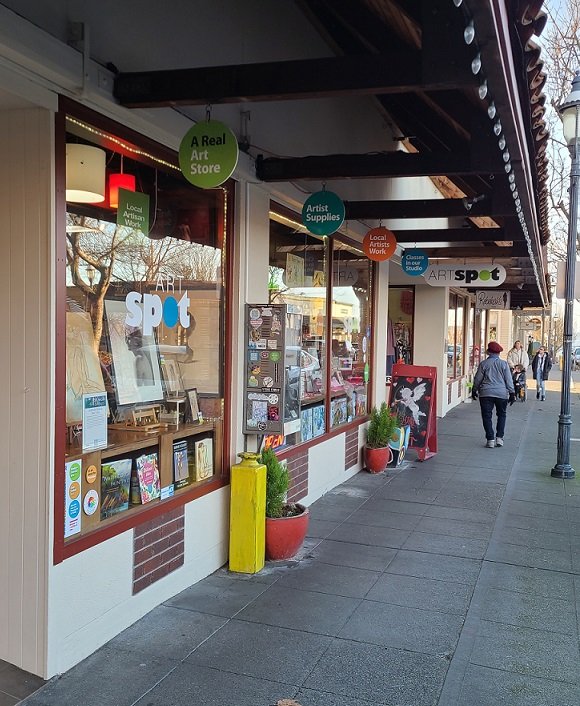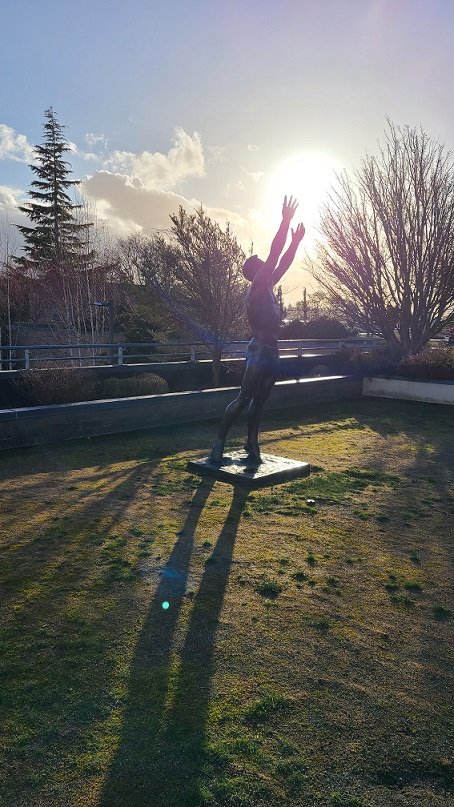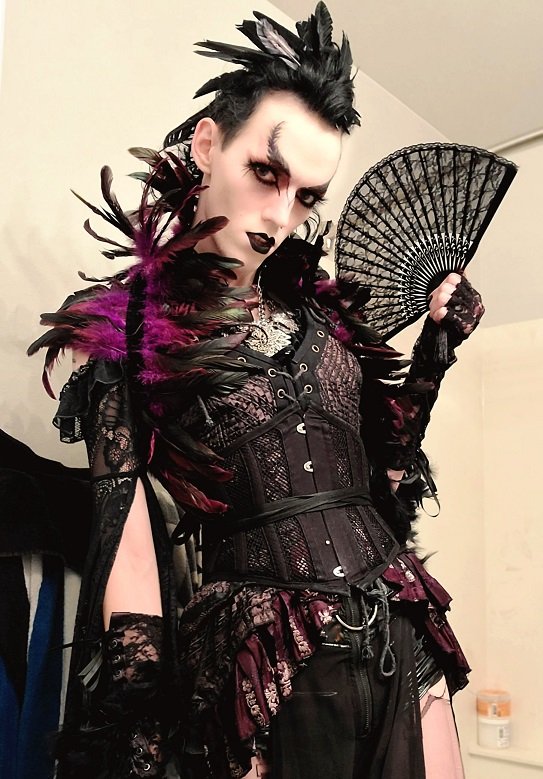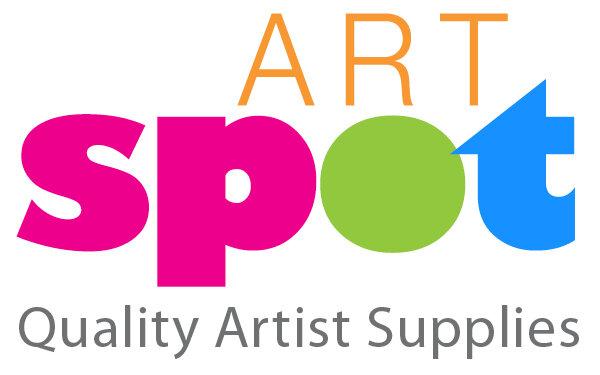I’ve been thinking a lot lately…
It’s been nearly a year and a half since we started the No Talent Art Club as a project to encourage practice, community and celebrate progress over perfection. The club has been the culmination of many different threads all coming together. One of the most important of these is a phrase I’ve said almost every day at the store for thirteen years: “there’s no such thing as talented artists, only people who practice.” With a year and a half of retrospective on the art club, it seems appropriate to refine that statement.
Part of ARTspot’s foundational philosophy is that access to making art and expressing oneself is as important to humanity as eating good food and existing in good community(1). I was thinking(2) about other fundamental aspects of humanity and kept coming back to love(3). That got me to considering whether there may be a connection between the two, and now here I am blabbing about it.
It all fits together really well(4). To be willing to put the time and repetition into the amount of practice to become proficient at a skill(5) is to love it. I’m sure we all understand and agree on what love is, but I’ll go ahead and say what I think just to ensure we’re on the same page. Love is compromise and investment, an active decision of dedication regardless of whether it’s for the best or not(6). A lot of the great artists who’s command of creative skill has allowed for nuanced expression and innovation tend to talk about their relationship with art in much the same way(7). Just as many of us are compelled by our nature to love, we are similarly compelled to express ourselves through art.
Now, this is not me saying that your unrefined artistic skills are a reflection of your inability or unwillingness to love(8); love and creative expression are not the same thing, but I’ve been noticing a great deal of overlap in how people engage with both.The whole point is that everybody engages with their creative practices in just as many ways as folks find, explore, and enjoy love. Some may choose to dedicate their lives to its pursuit, to fall into obsession, and others are perfectly pleased to keep it casual(9). There’s really no wrong way to do it as long as everyone’s feeling fulfilled.
I hope this adds a bit more depth to statements like “anybody can make art,” and “nobody’s magically skilled at art from birth.” It does, perhaps, help to explain a child’s simple and innate desire to draw on walls, bang things together because of the neat sound it makes, and smile when they see someone they love. In the same way, we wouldn’t likely expect a fourteen year-old to successfully execute a complex design contract or navigate their first ever breakup with grace and thoughtfulness. This would be doubly true if that teen hadn’t had those behaviors modeled well for them or been given ample opportunities to fail safely, learn, and grow.
In case it isn’t clear by now, if you haven’t ever picked up the pencil to start playing around with learning to draw, then you’re the baby(10) in this situation. If you’ve been practicing casually for a few years, then you’re the teenager who’s been supported and encouraged since early childhood. If you’ve found yourself obsessed, compelled to practice and refine your craft for years on end, then congratulations. You’re in love. The good news is that the baby, the teenager, and the lover of art in all its forms are all artists and so are you.
Art doesn’t need to be groundbreaking, but it does need to be made. That alone makes it groundbreaking.
(1) Put plainly, you’d start to go a little crazy without these sorts of things.
(2) I’ve been striving recently not to have my brain plugged into media at all times where there would otherwise be silence. It’s hard right now to let your mind have space to contemplate when there’s so much actual horror playing out in the real world. Still though, a few moments of quiet contemplation every day has been integral to avoiding a different kind of mental, emotional death altogether.
(3) During pride month?? Crazy, right, I know.
(4) Imagine me standing in front of a cork board with a mile of red yarn connecting all my super credible and grounded thoughts.
(5) Whether that be painting, lifting weights, identifying birds by their song, or anything, ANYTHING else.
(6) At its core. I hope it’s obvious that I’m joking about us all defining love the same way, but I think this does a pretty good job off the cuff while I’m also juggling five customers at the store all by myself.
(7) What I mean to say is that a lot of really great artists I know are at least a little bonkers
(8) In addition to being wholly unqualified to say so, that’d also just be a mean thing to say. I’m super qualified, however, to say that people who actually hate art are caricaturish villains better suited to melodrama than making policy about how public funds should be used.
(9) Some really freaky artists don’t even commit themselves to one medium their whole life. Polyamory but for art!
(10) This reminds me of when a group of German exchange students visited my high school after I’d been learning the language for three years. One of the boys said, in perfect English, “You speak German like a three year old.” To this I replied “Das macht Sinn. Ich spreche seit drei Jahren Deutsch.” (That makes sense. I’ve been speaking German for three years) We laughed because obviously he had been learning English as a second language for most of his life.
